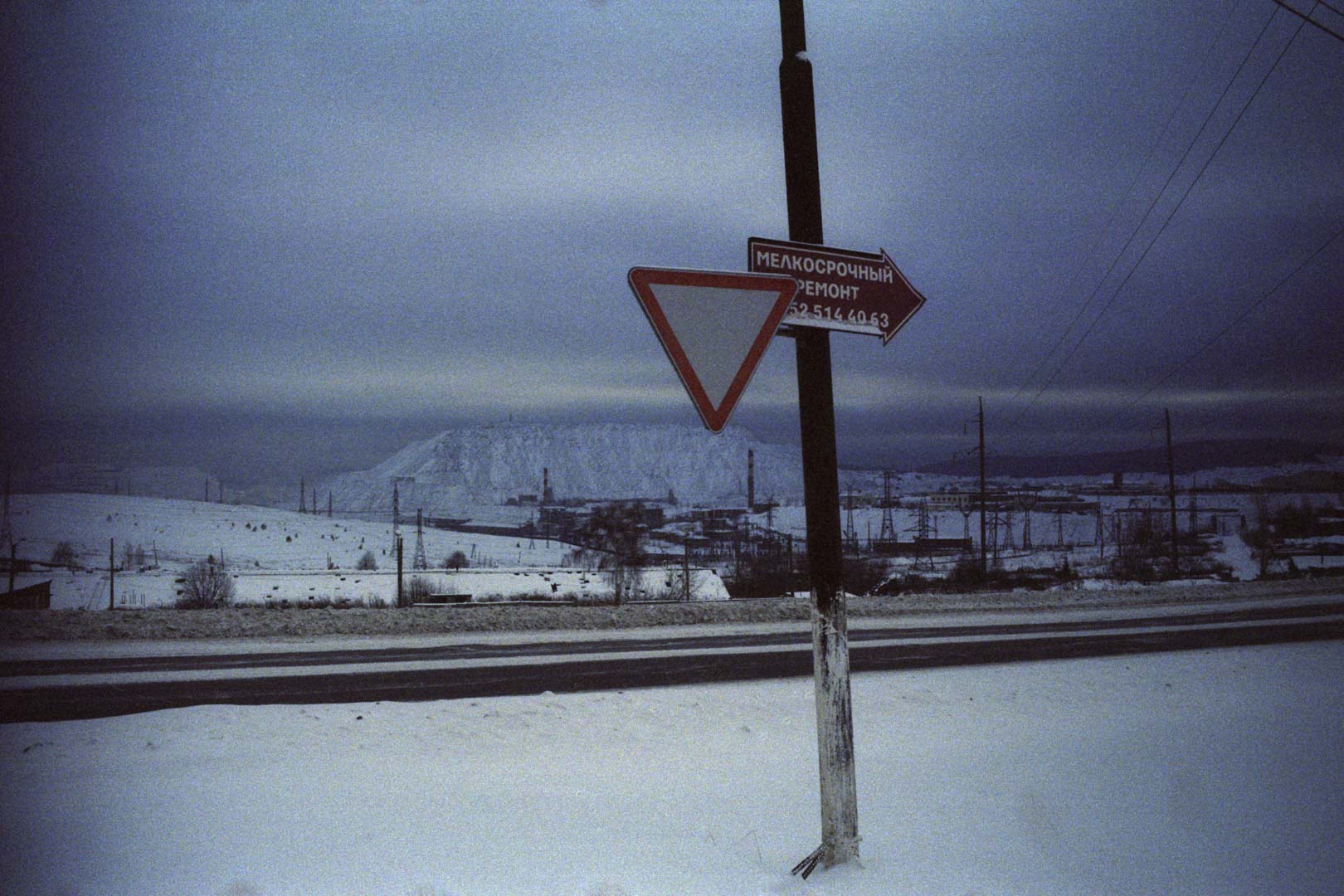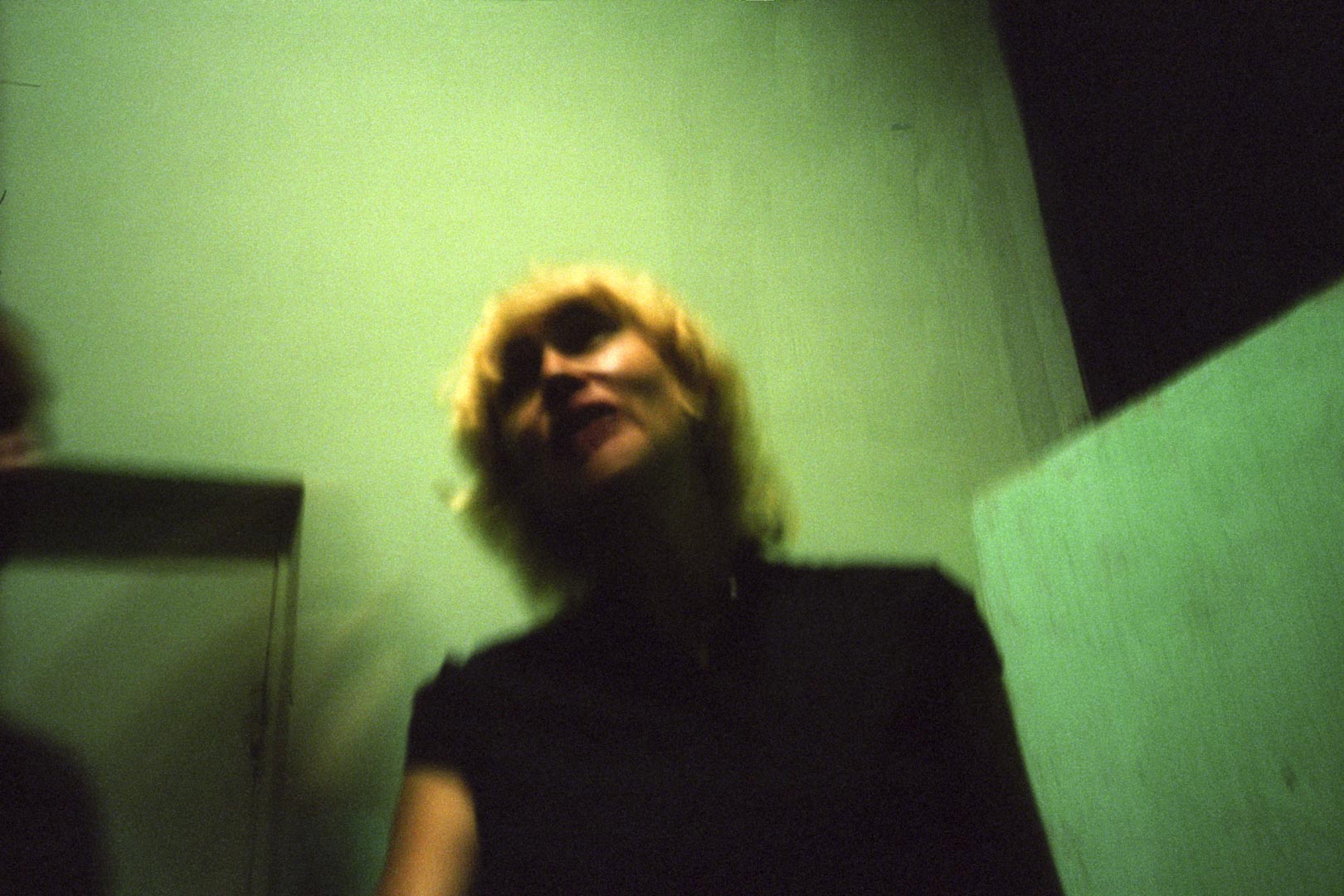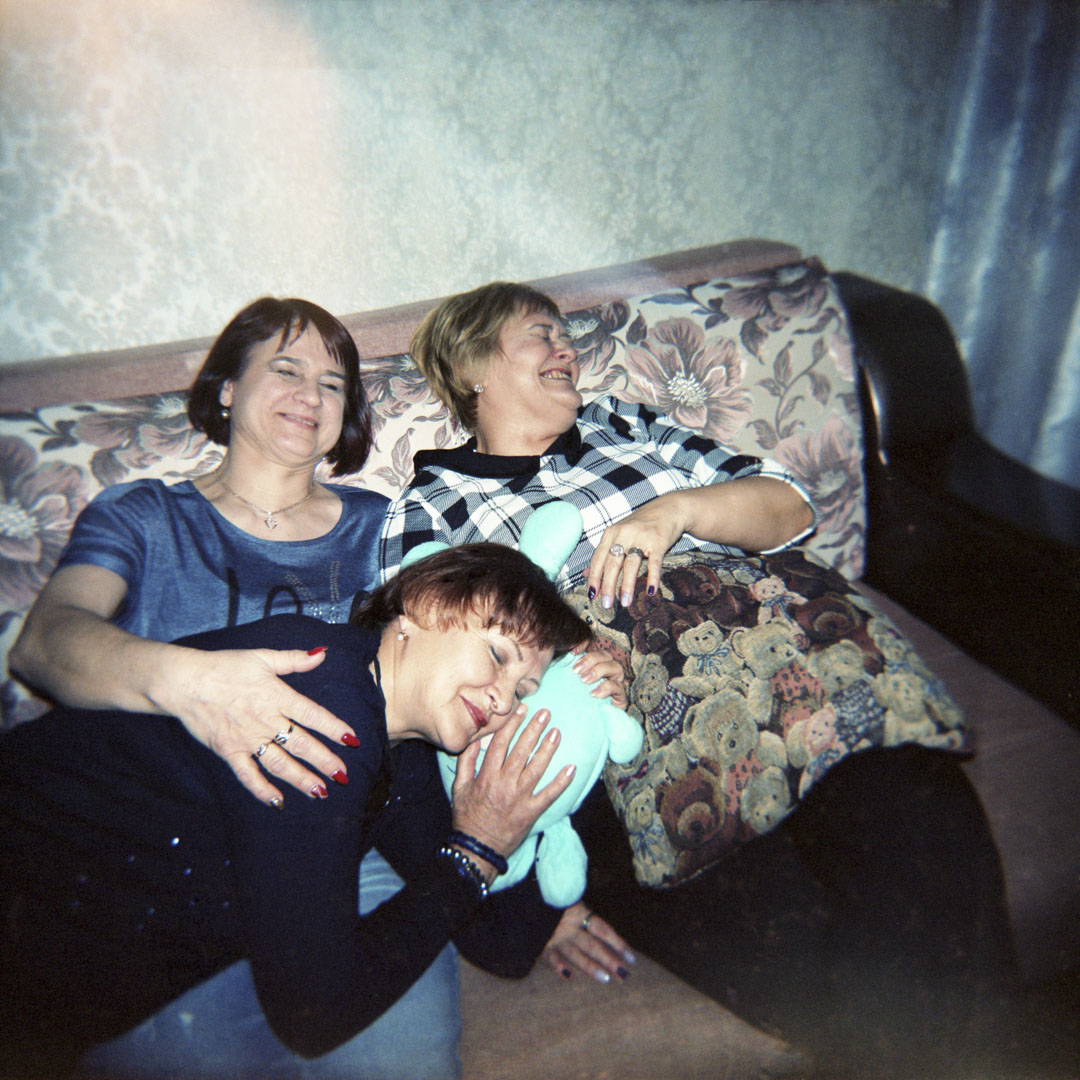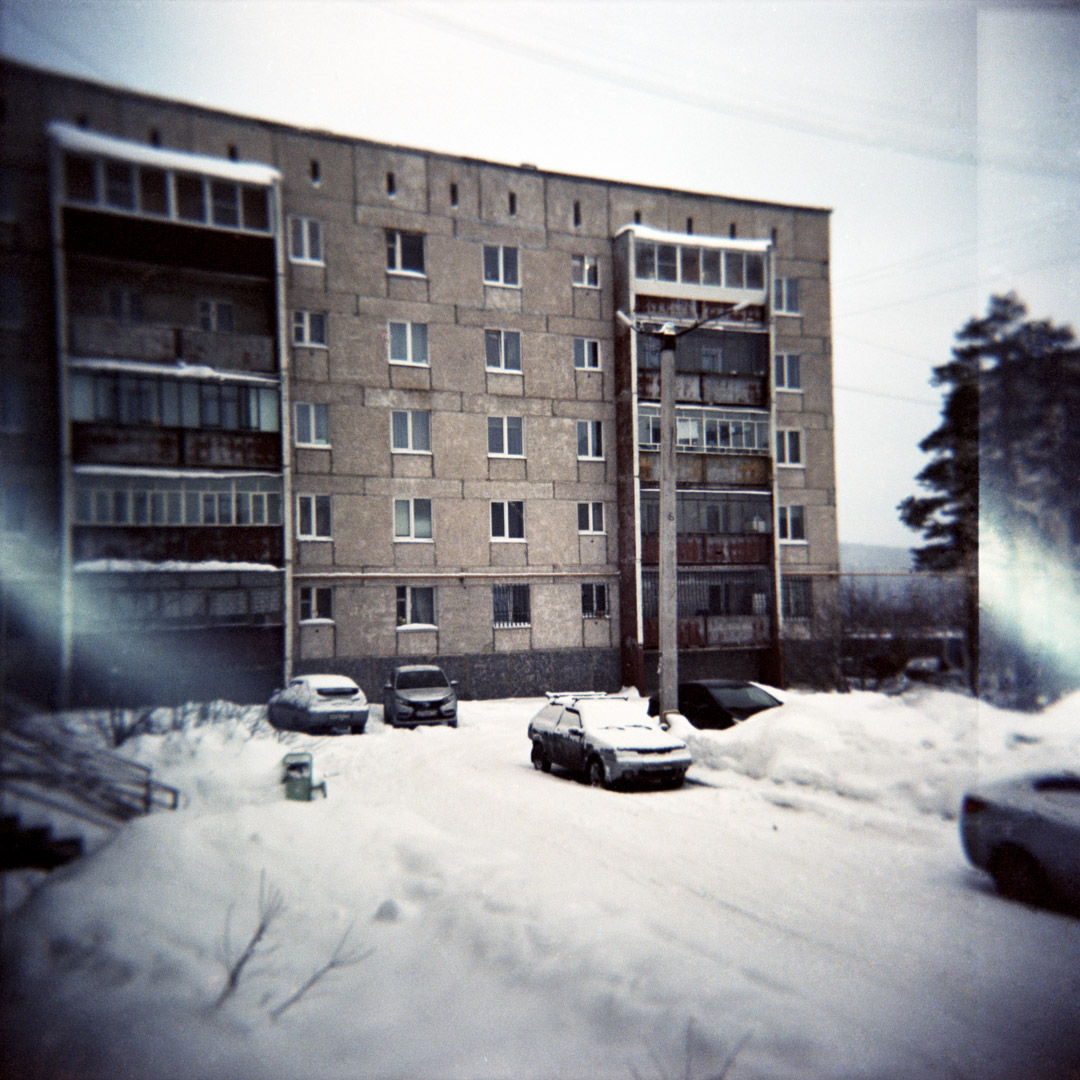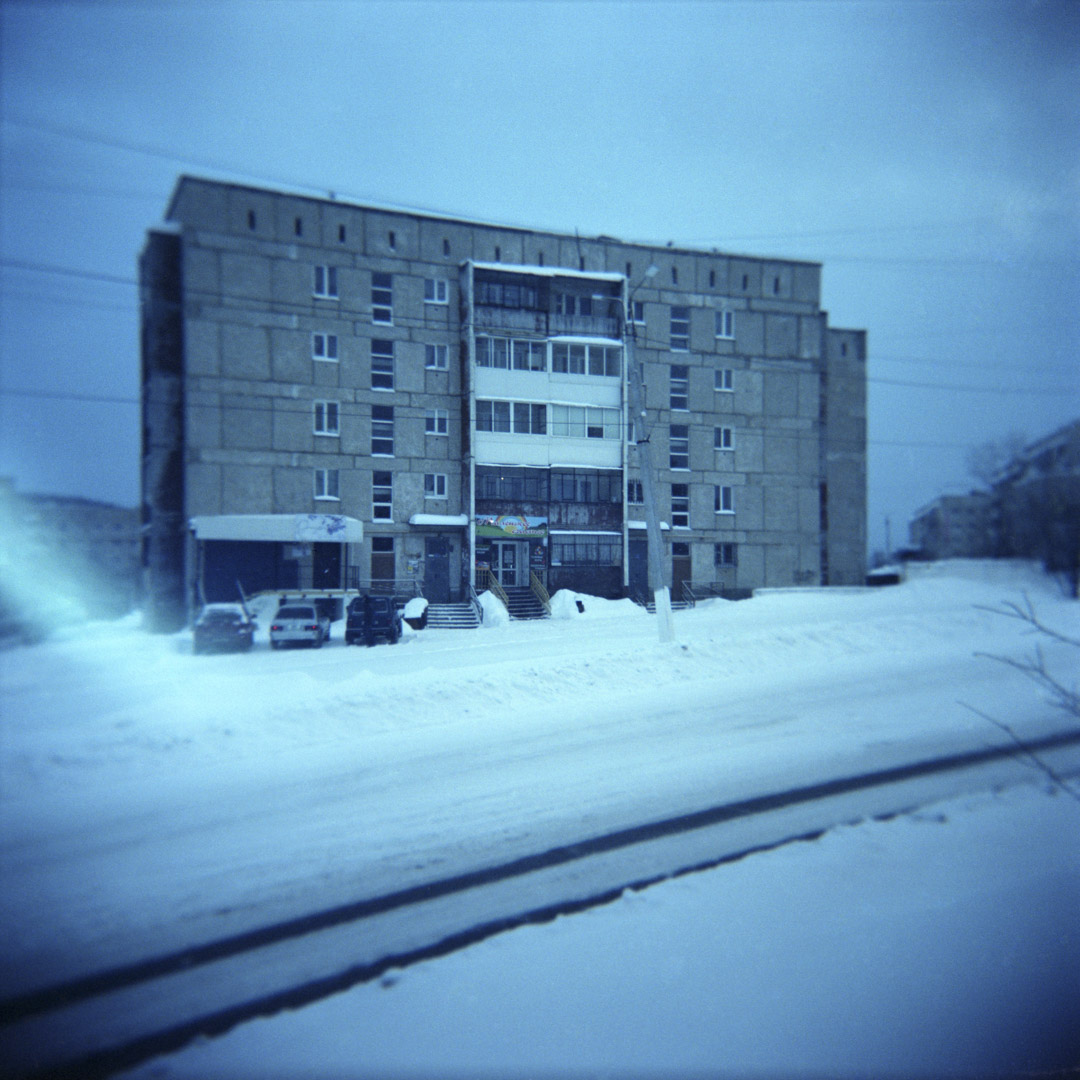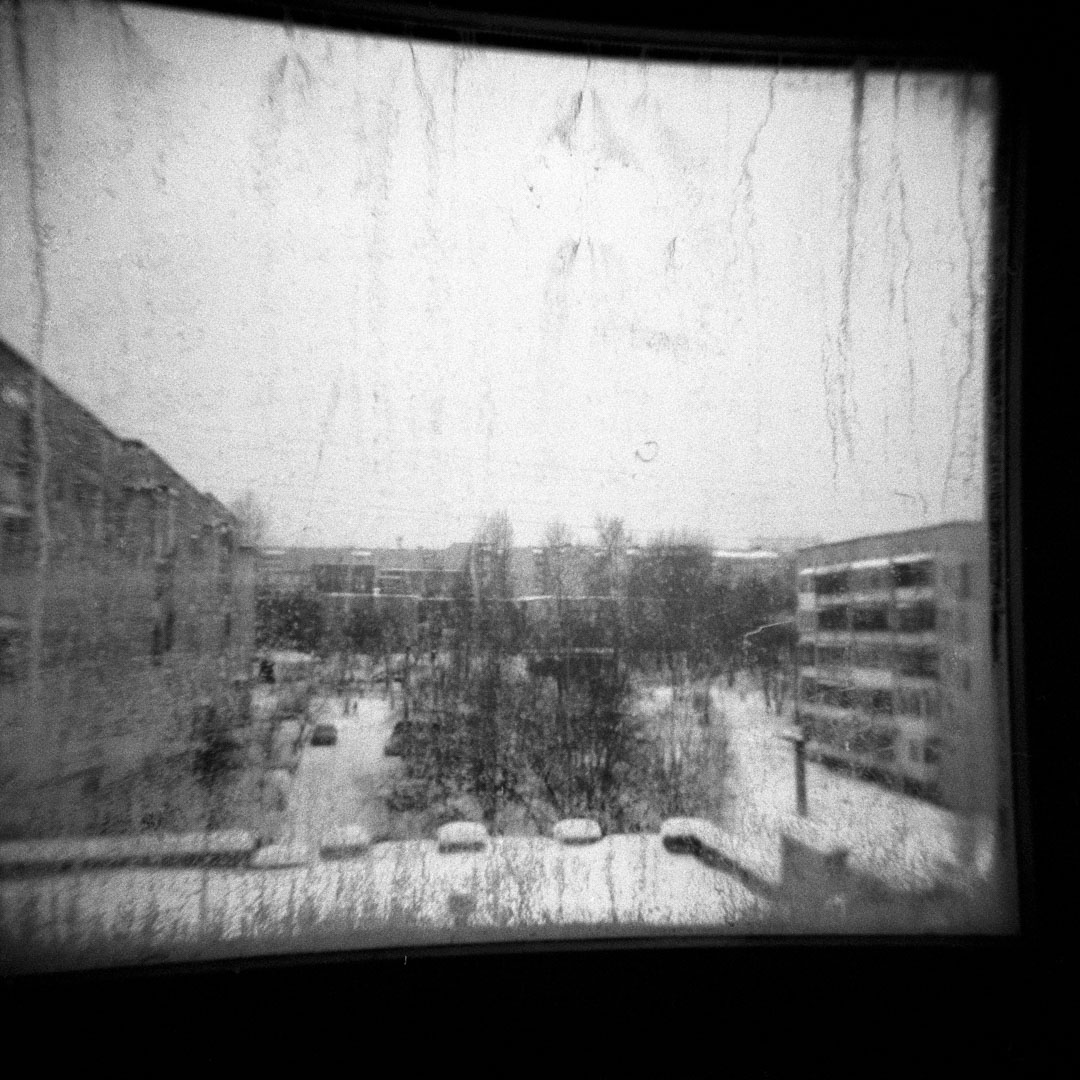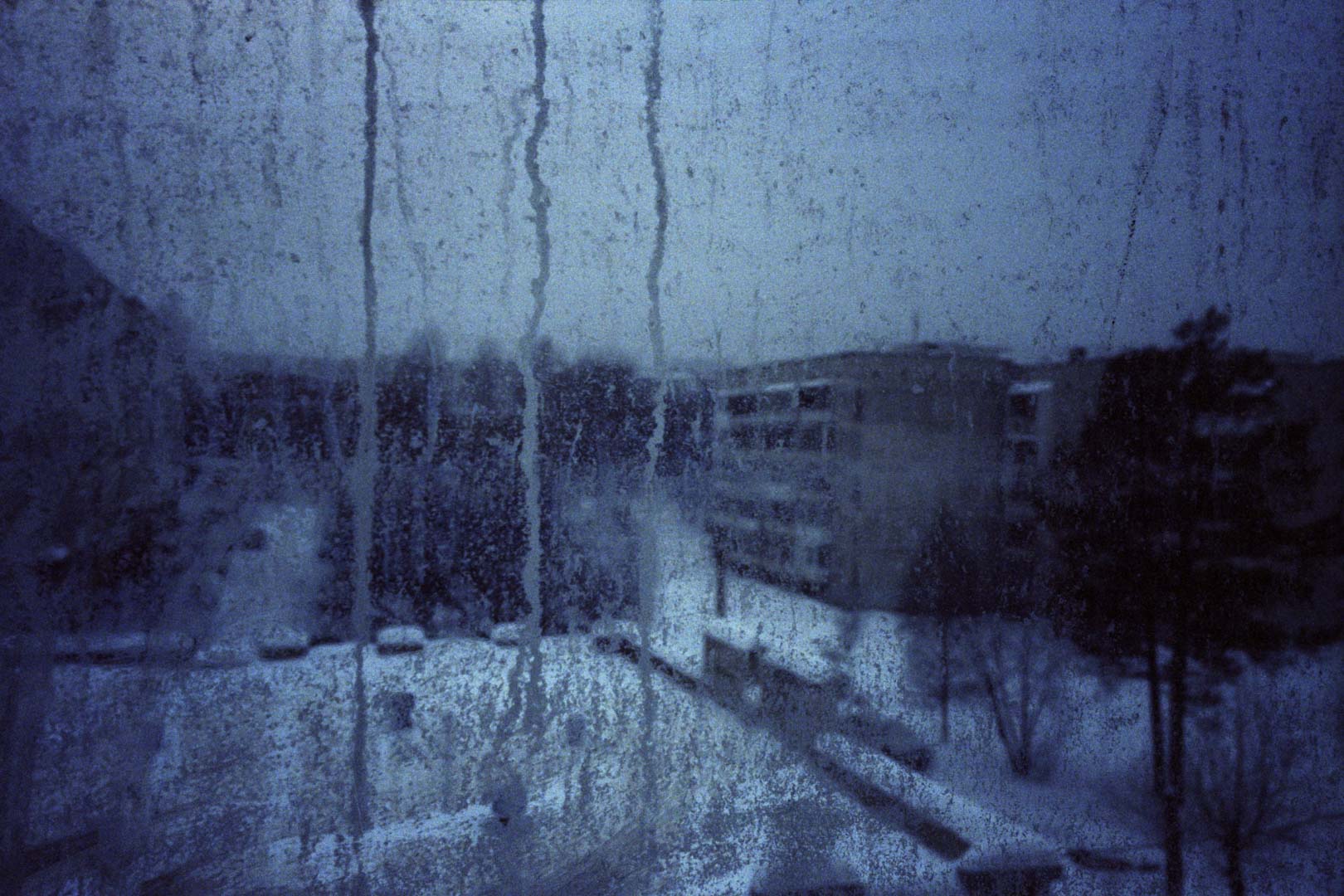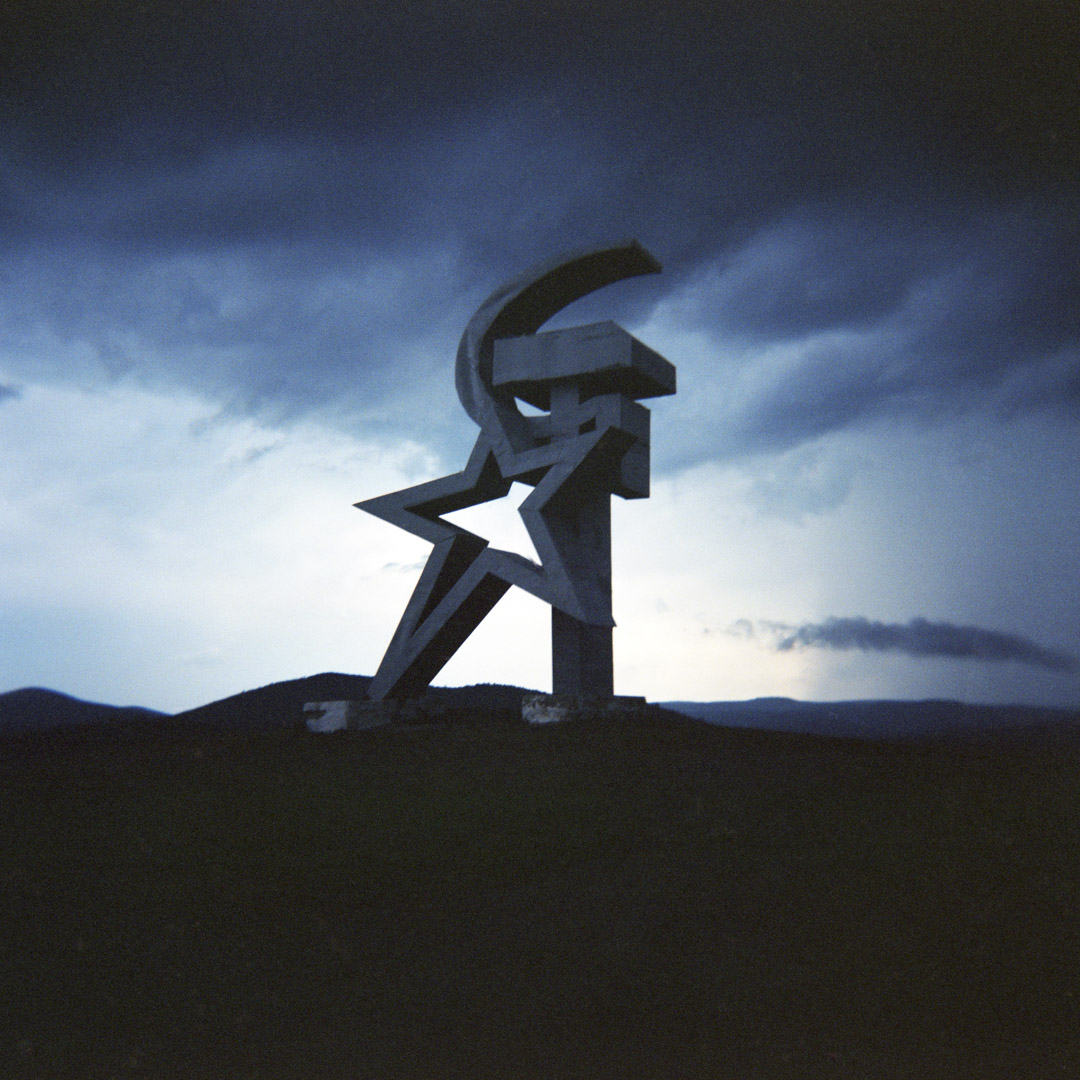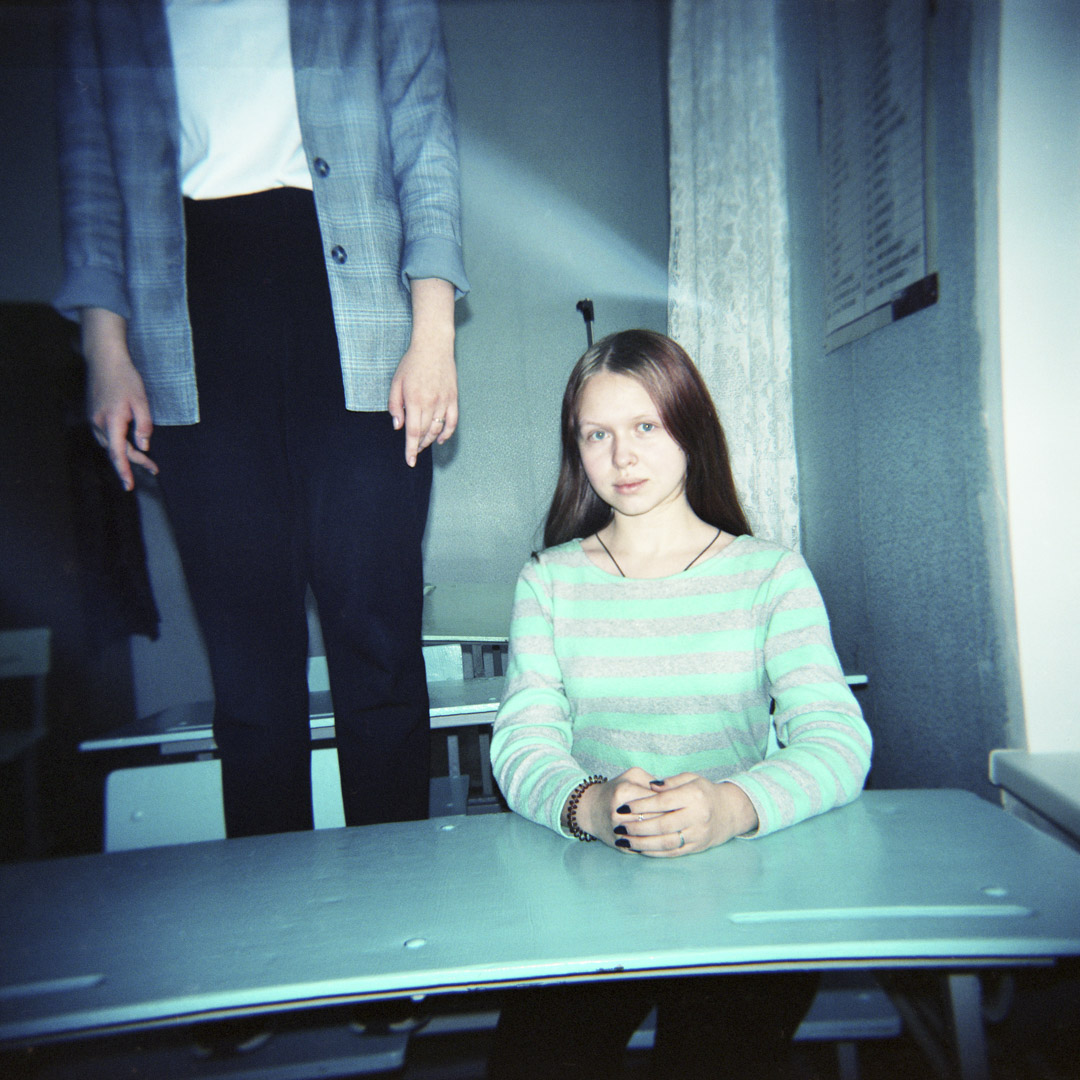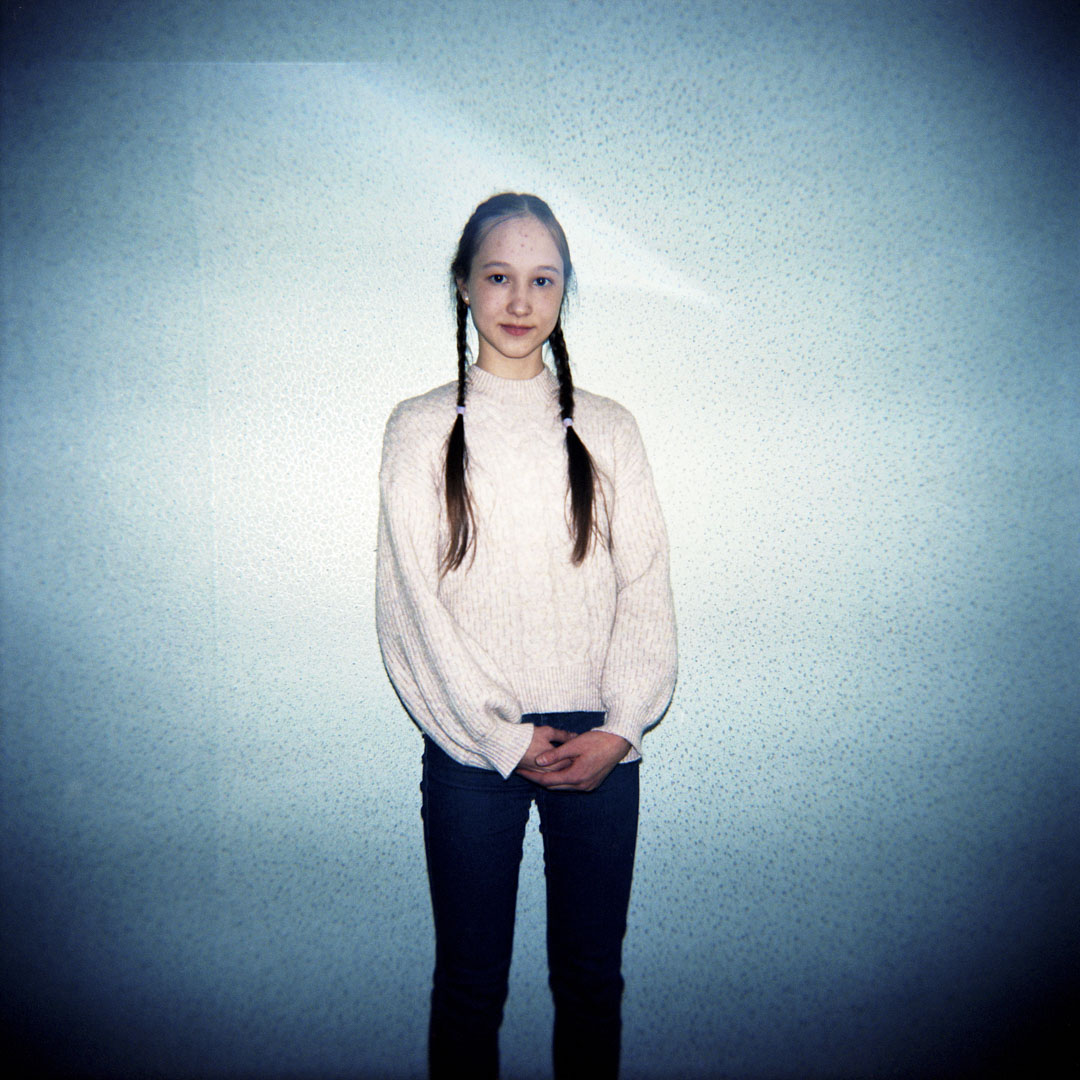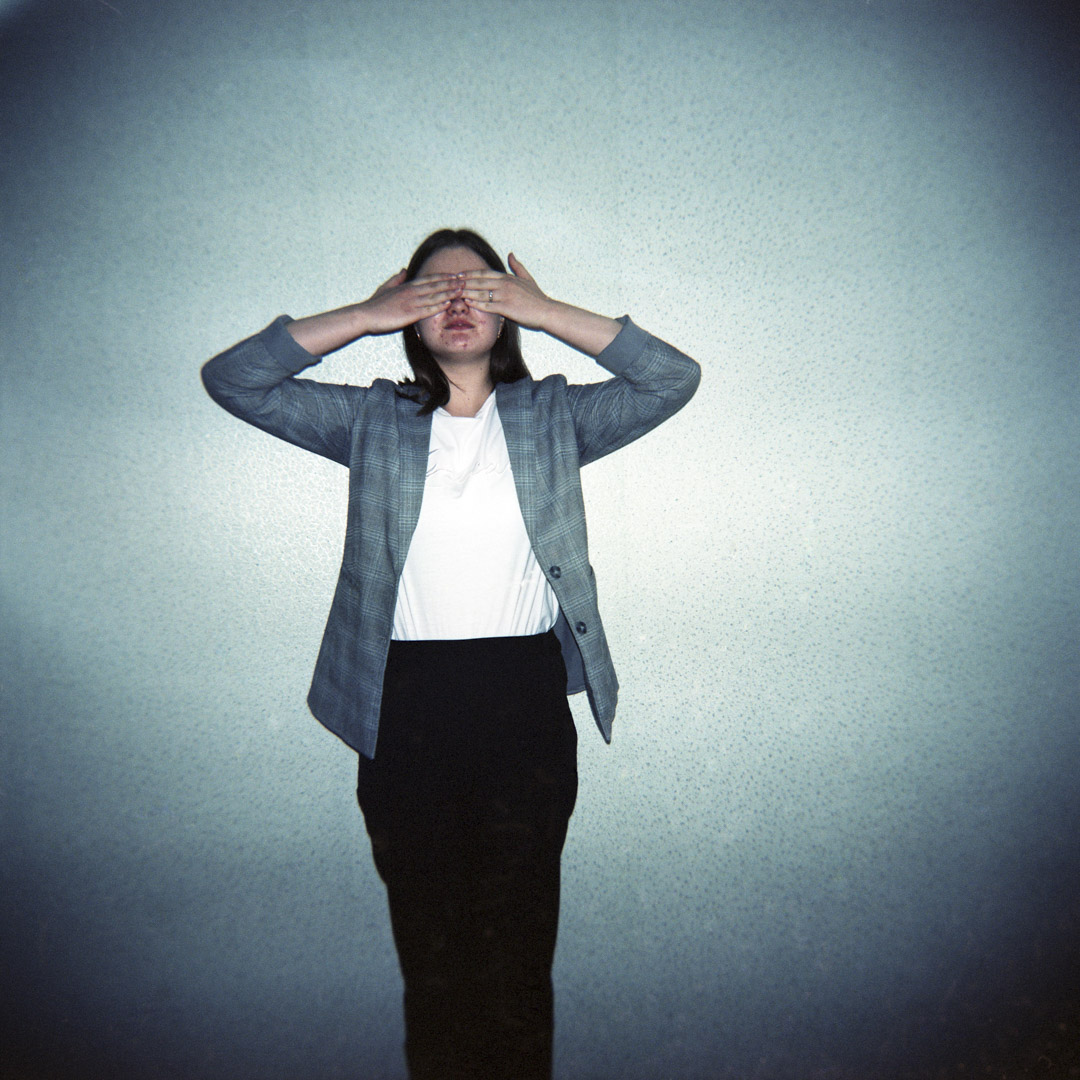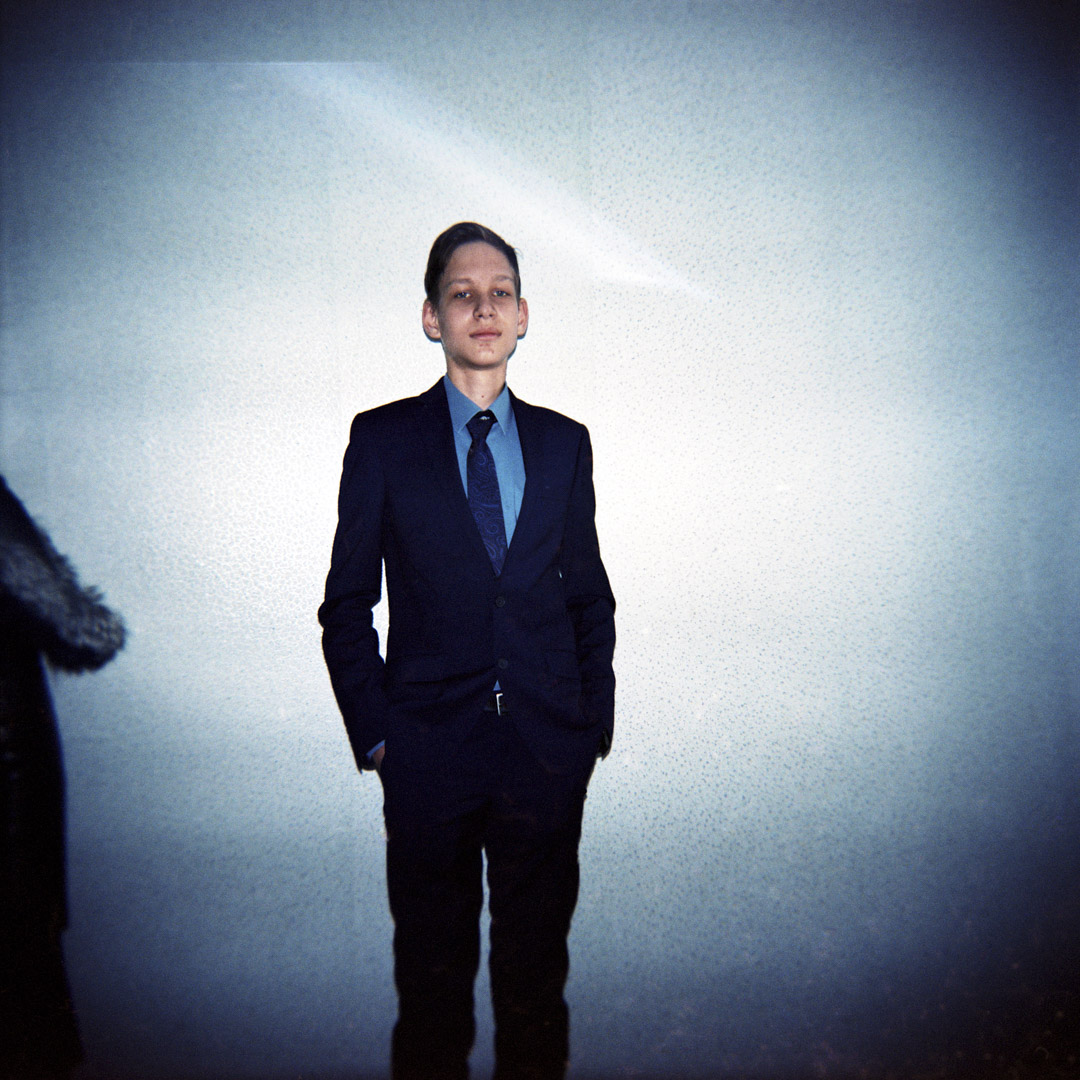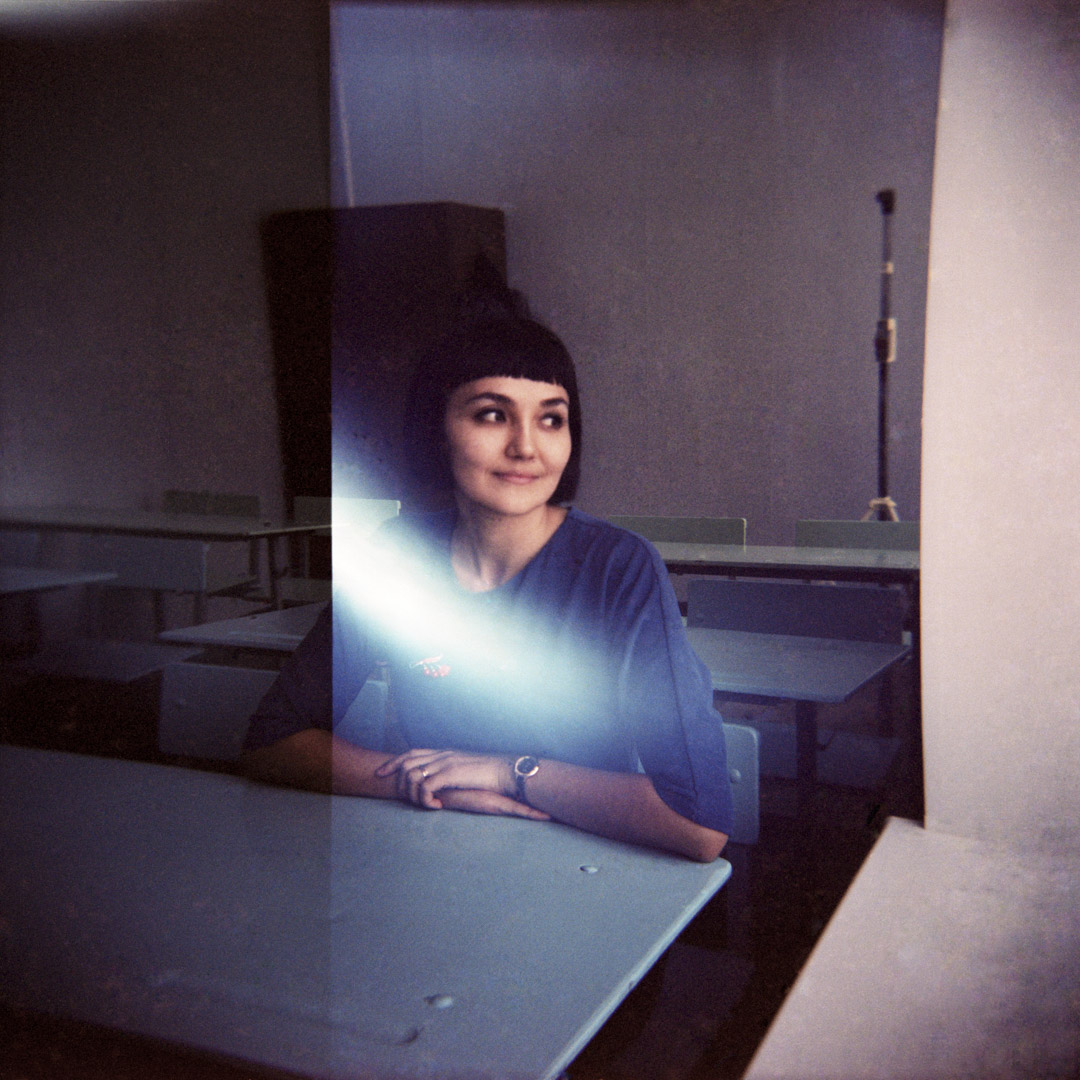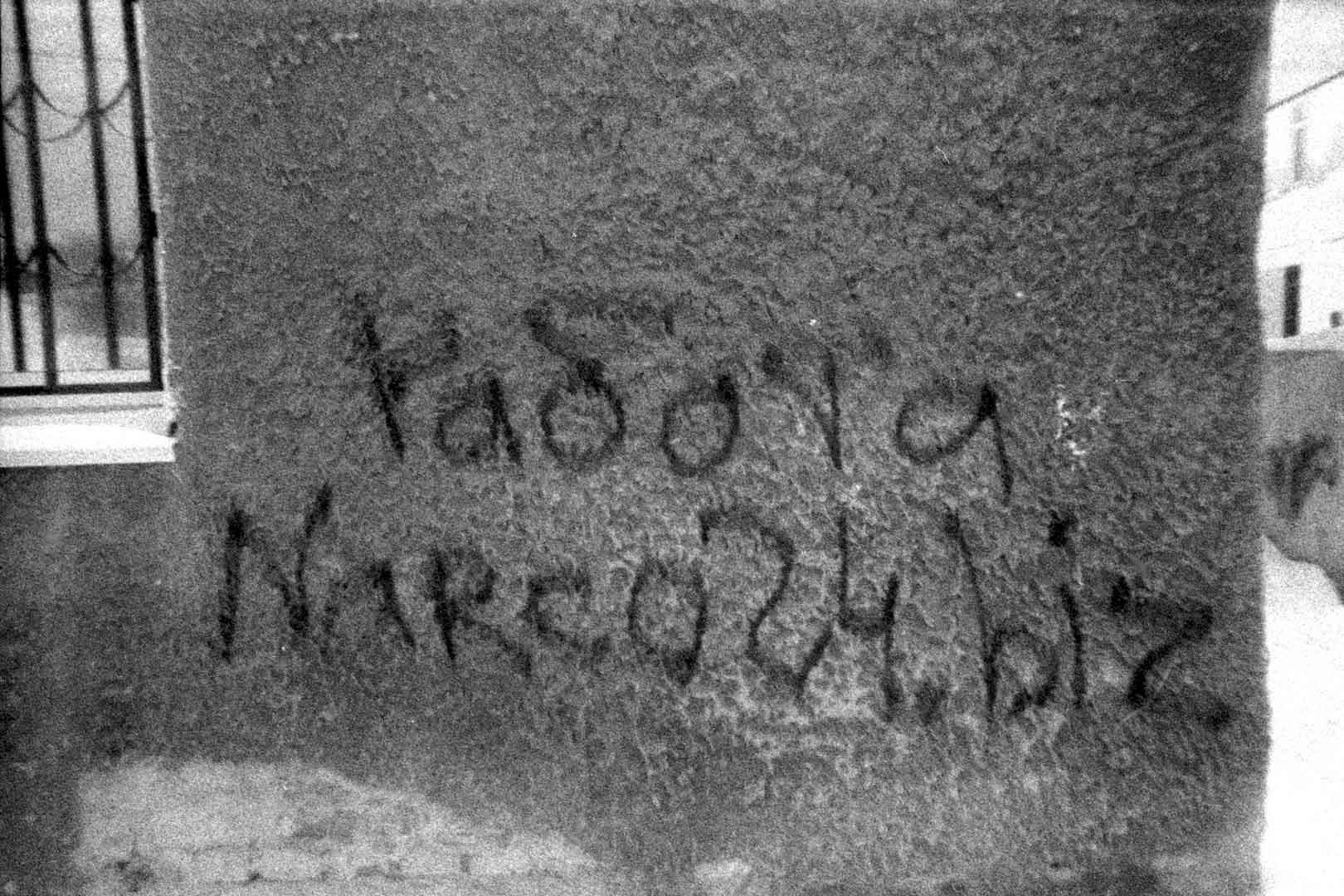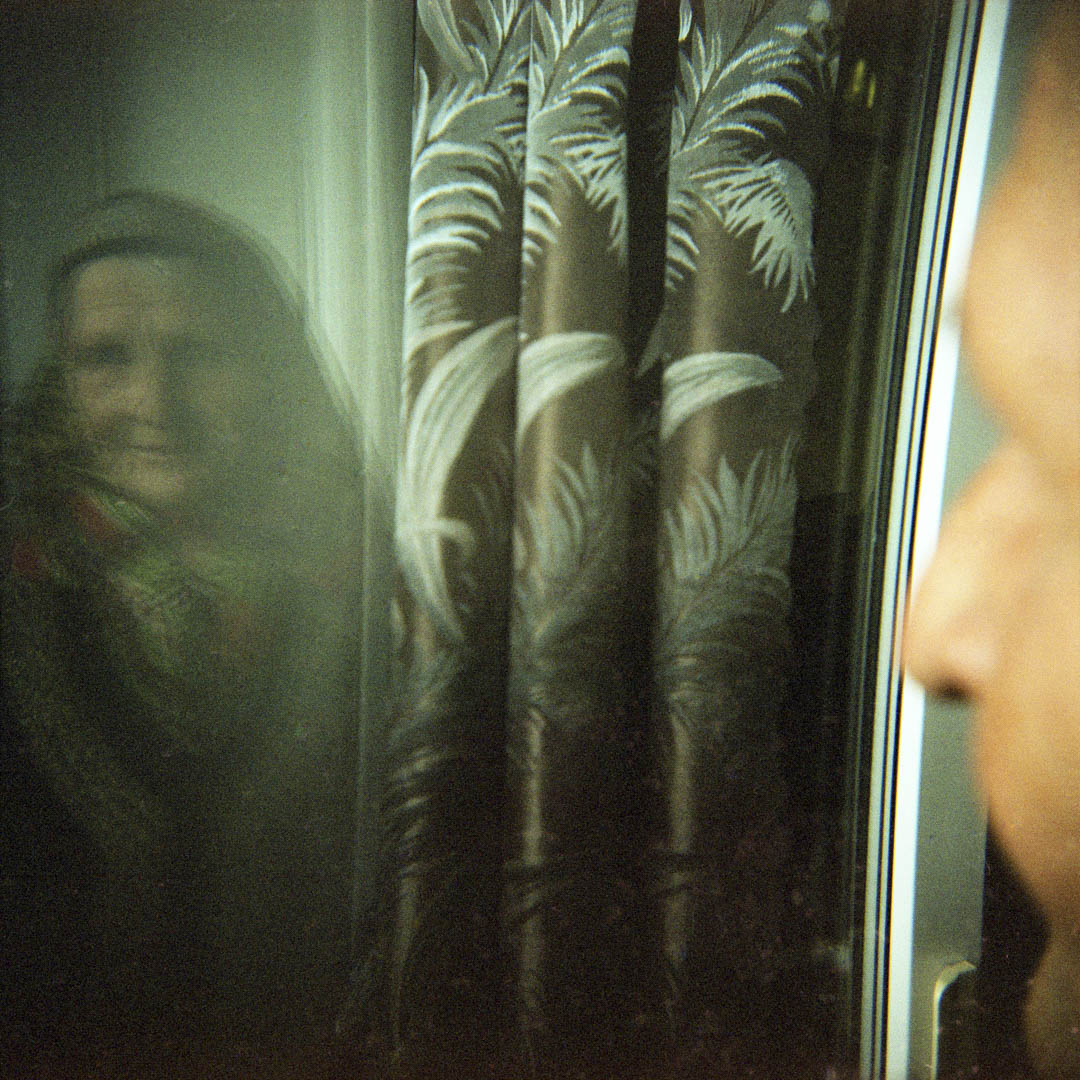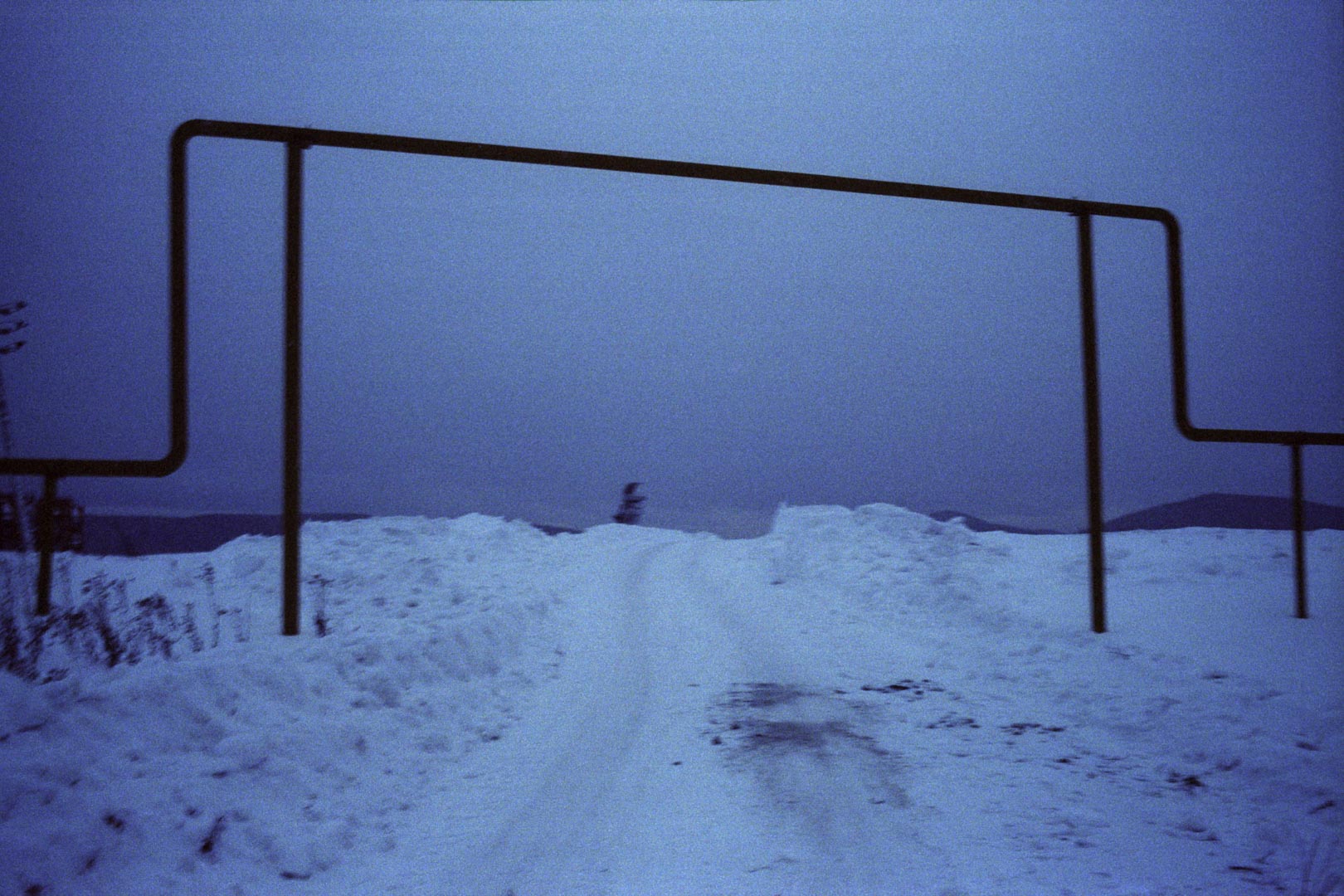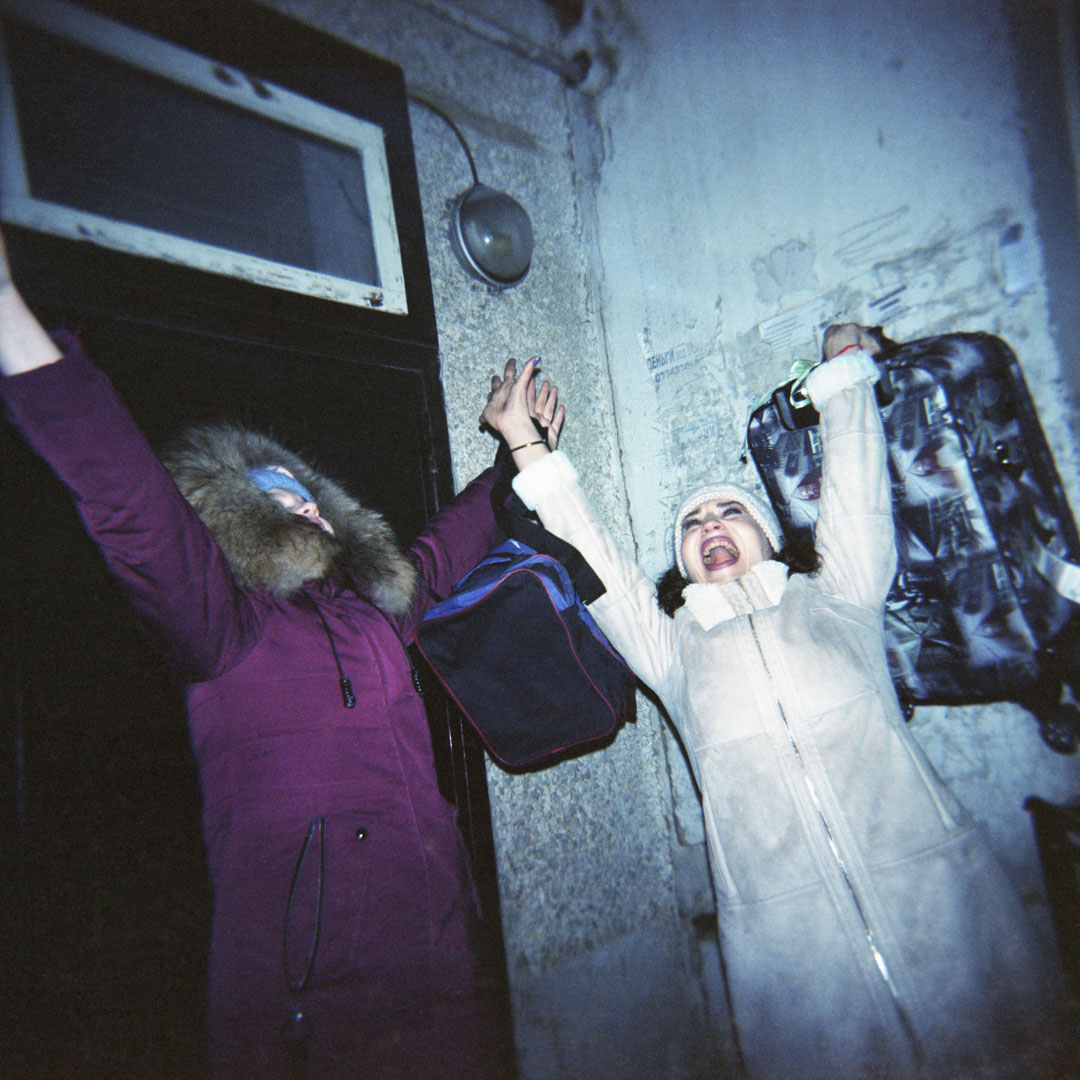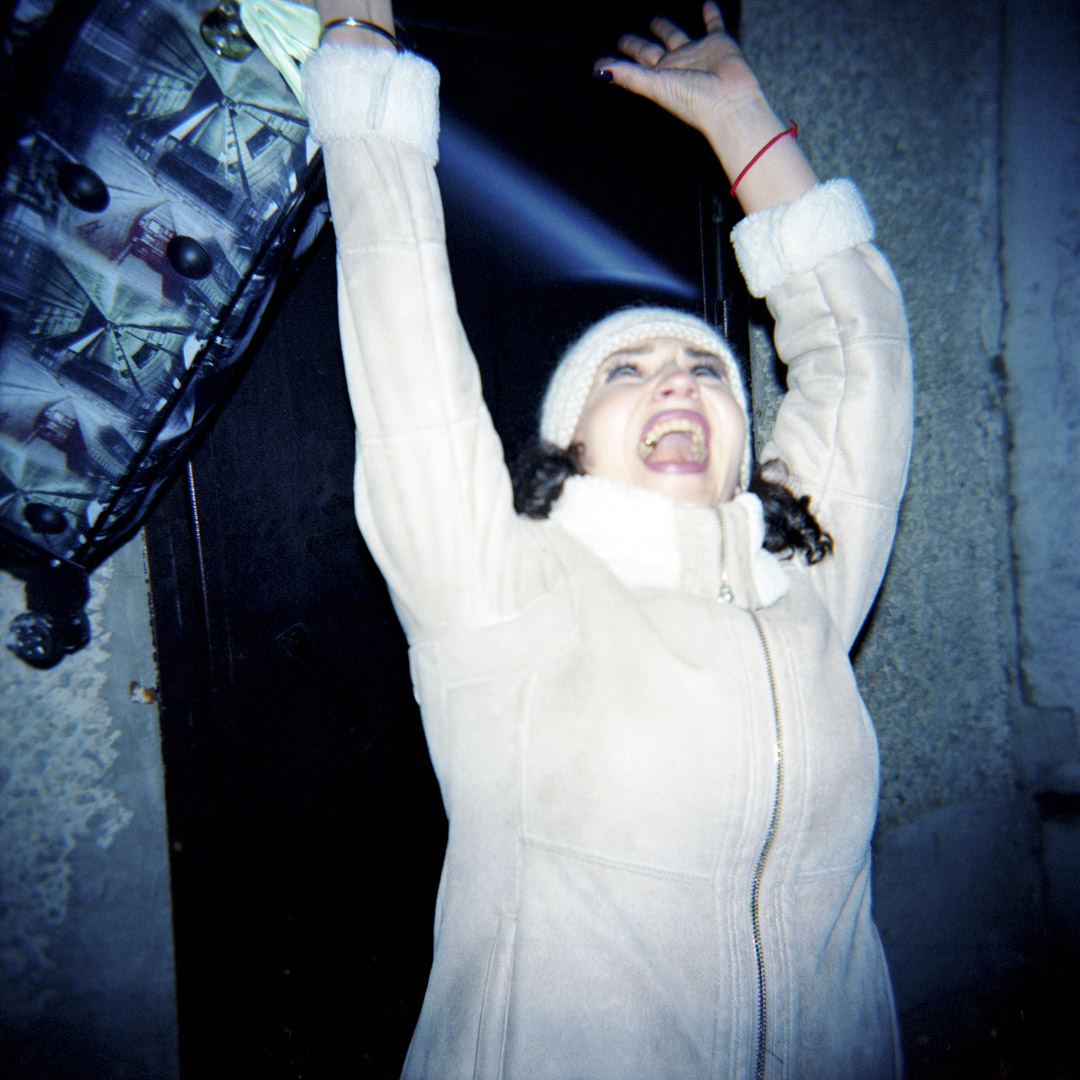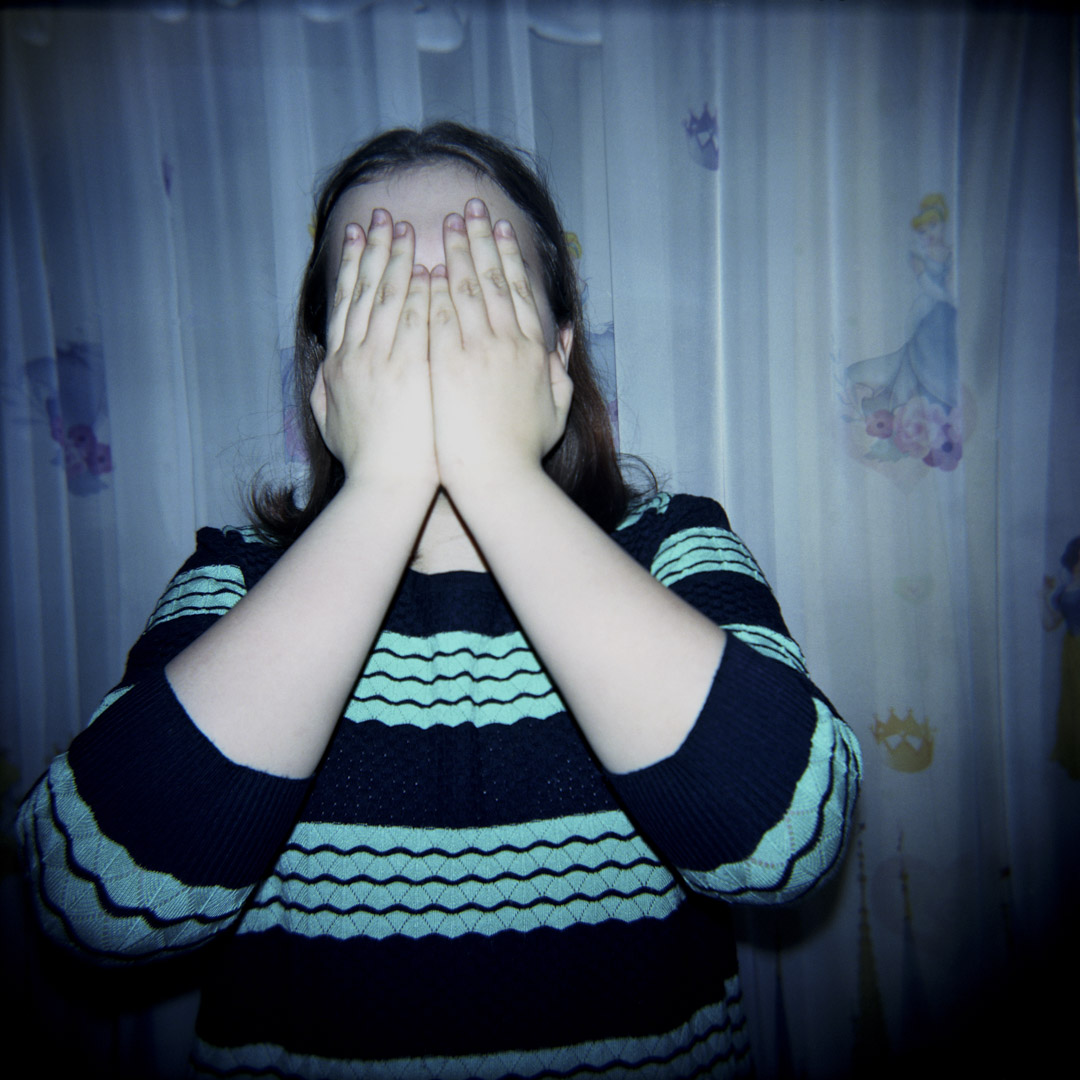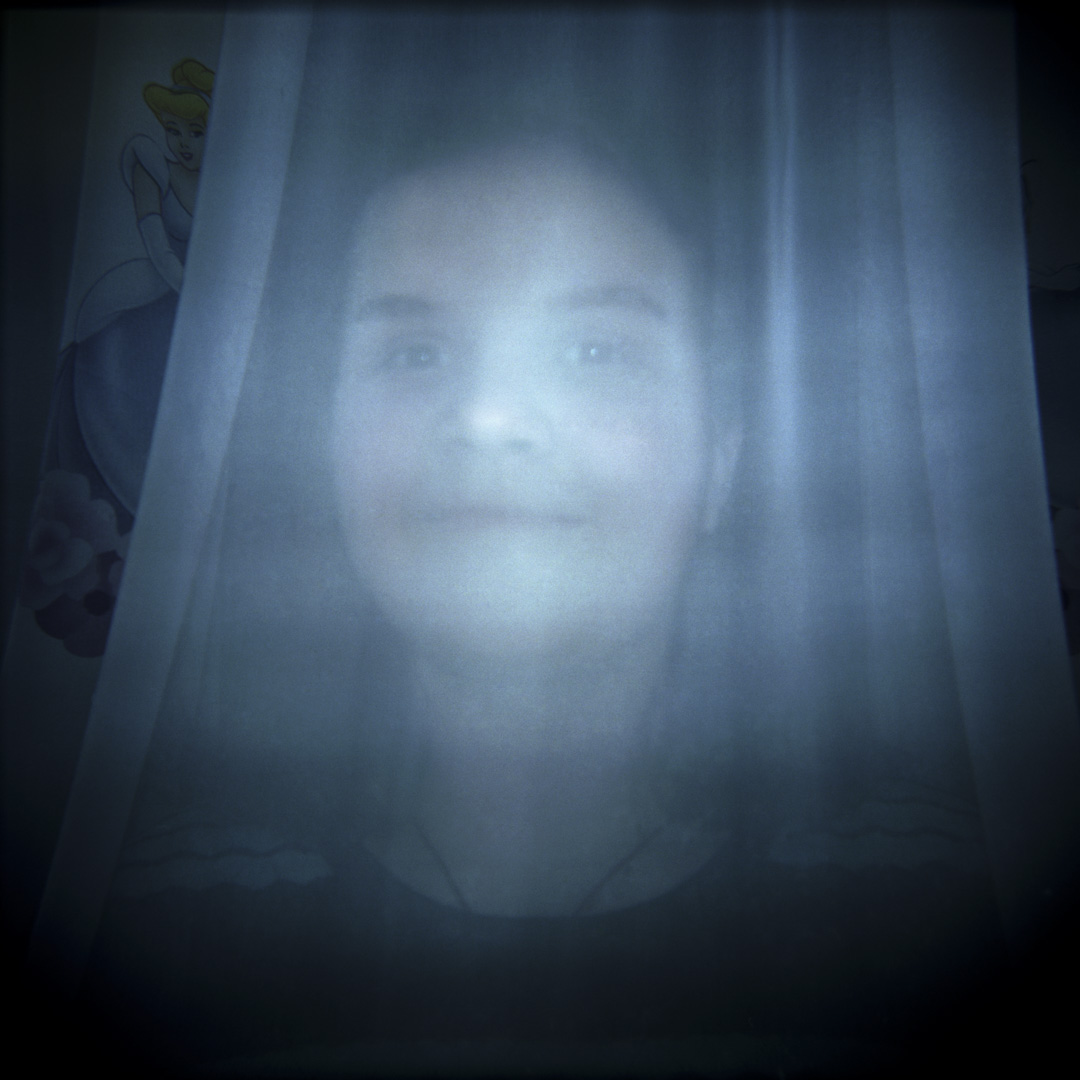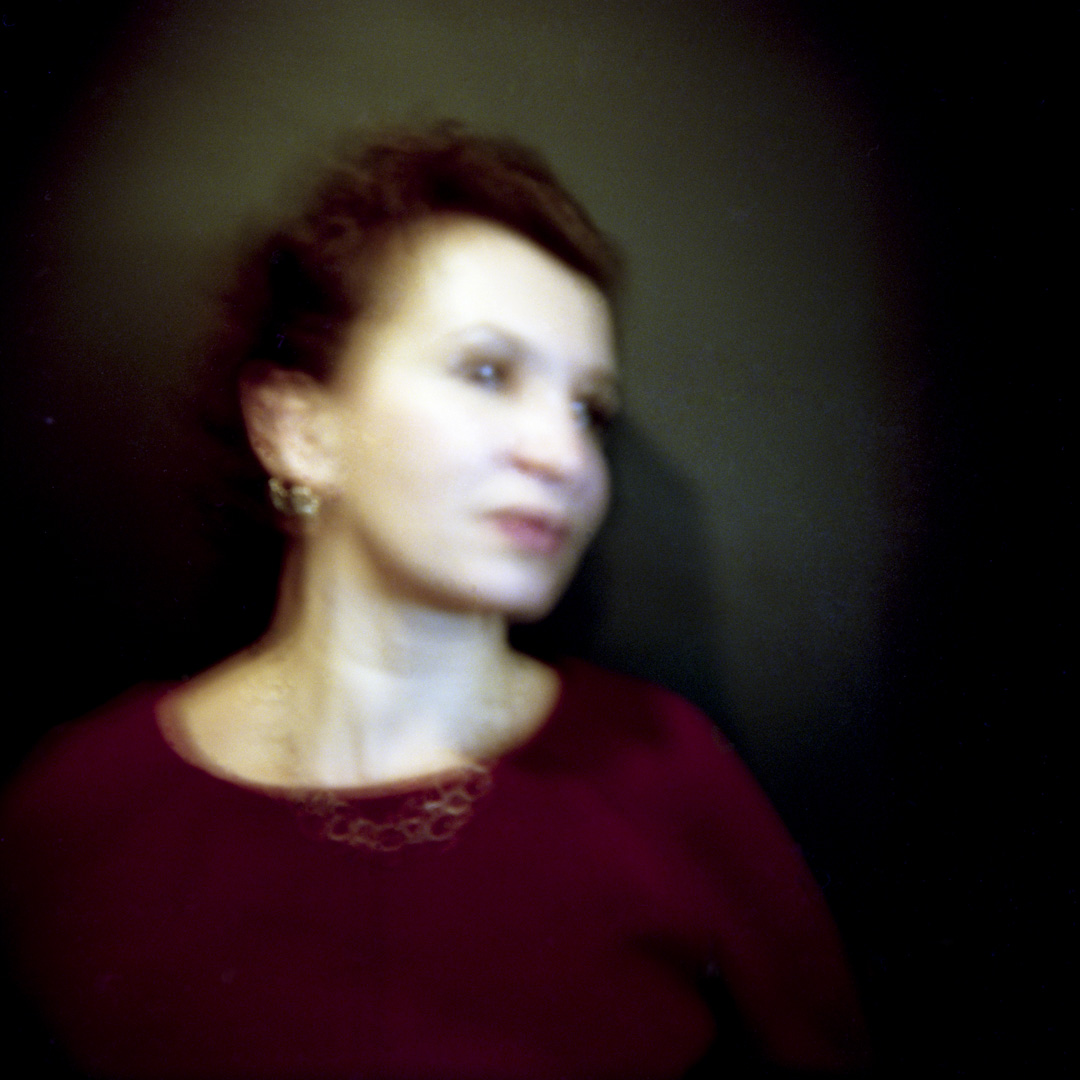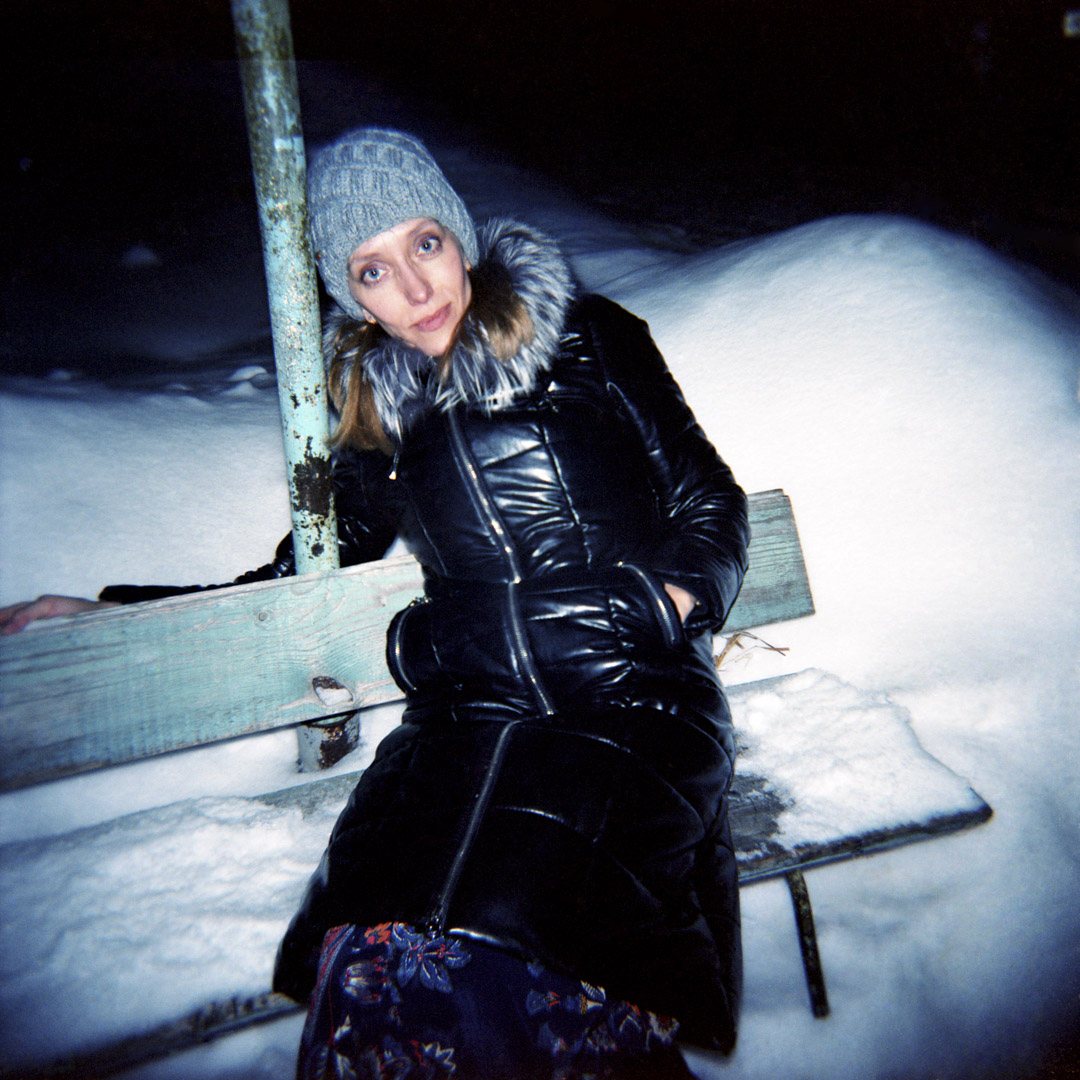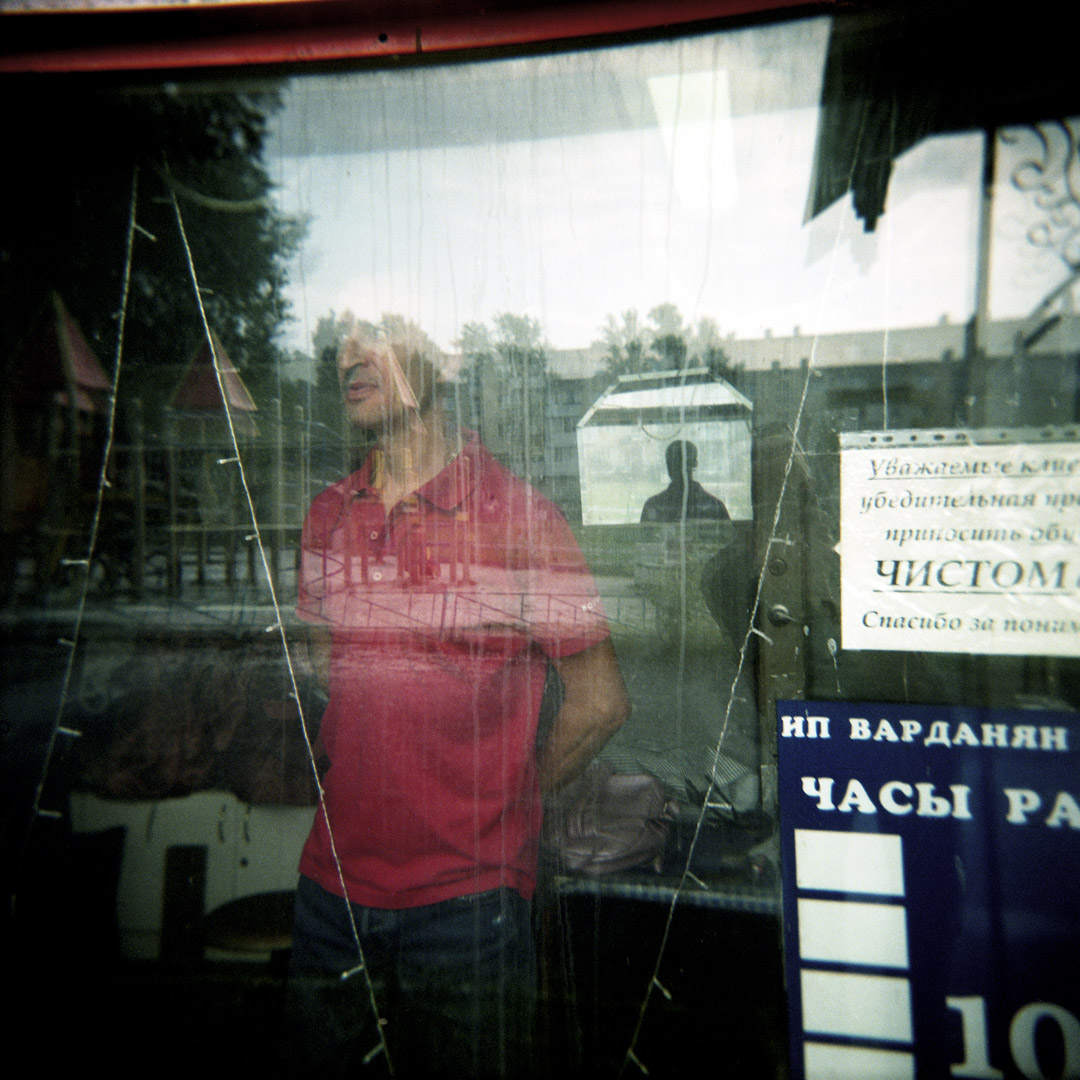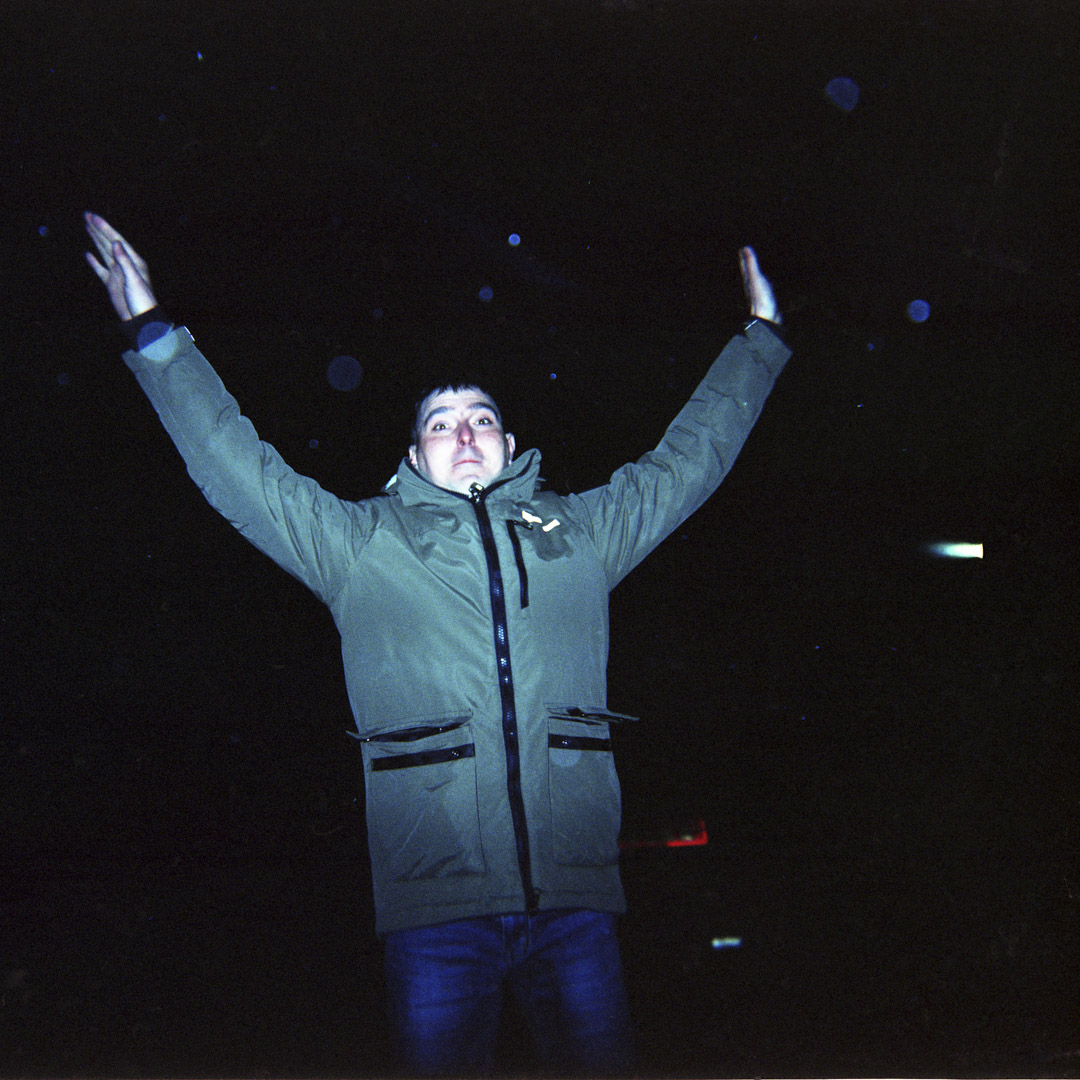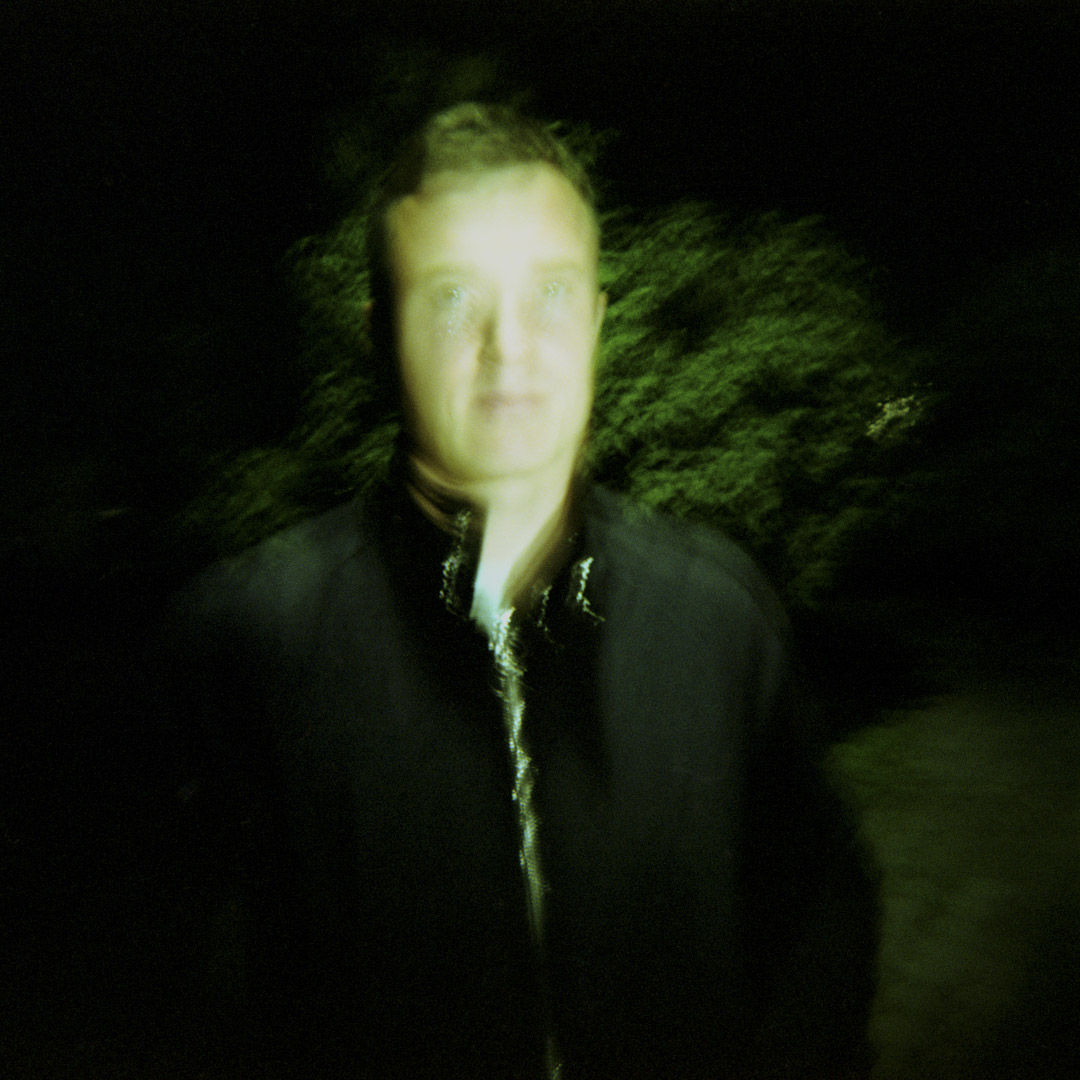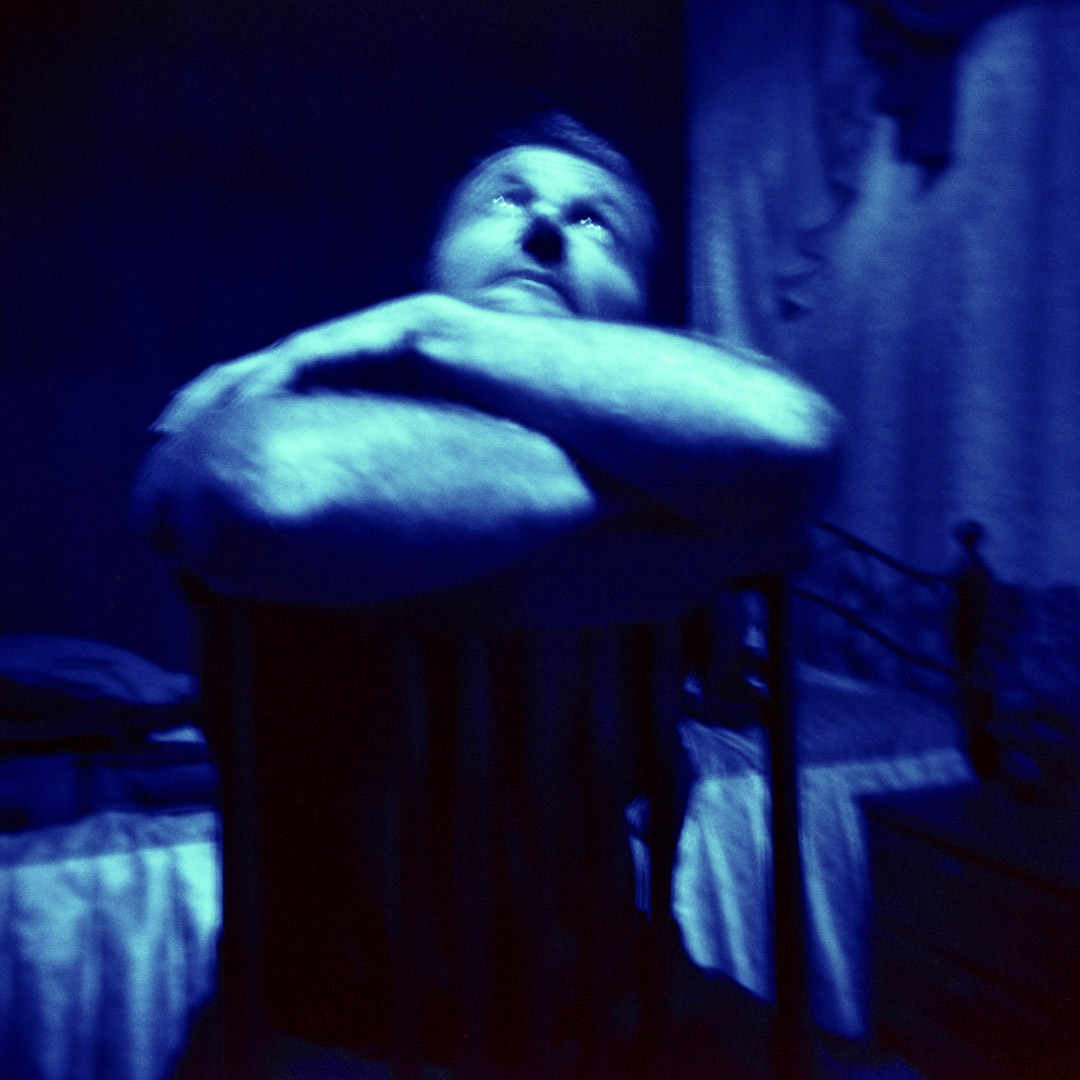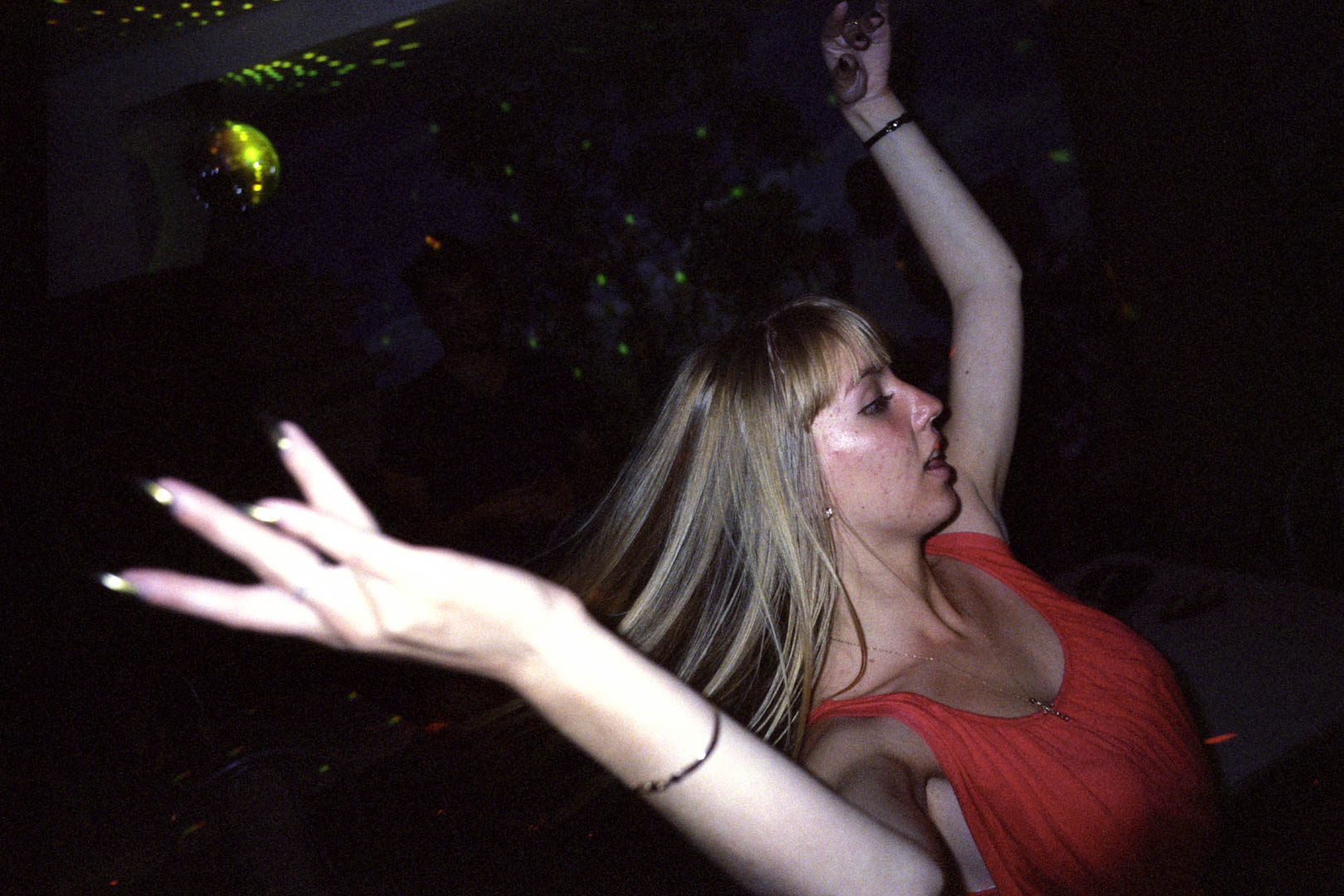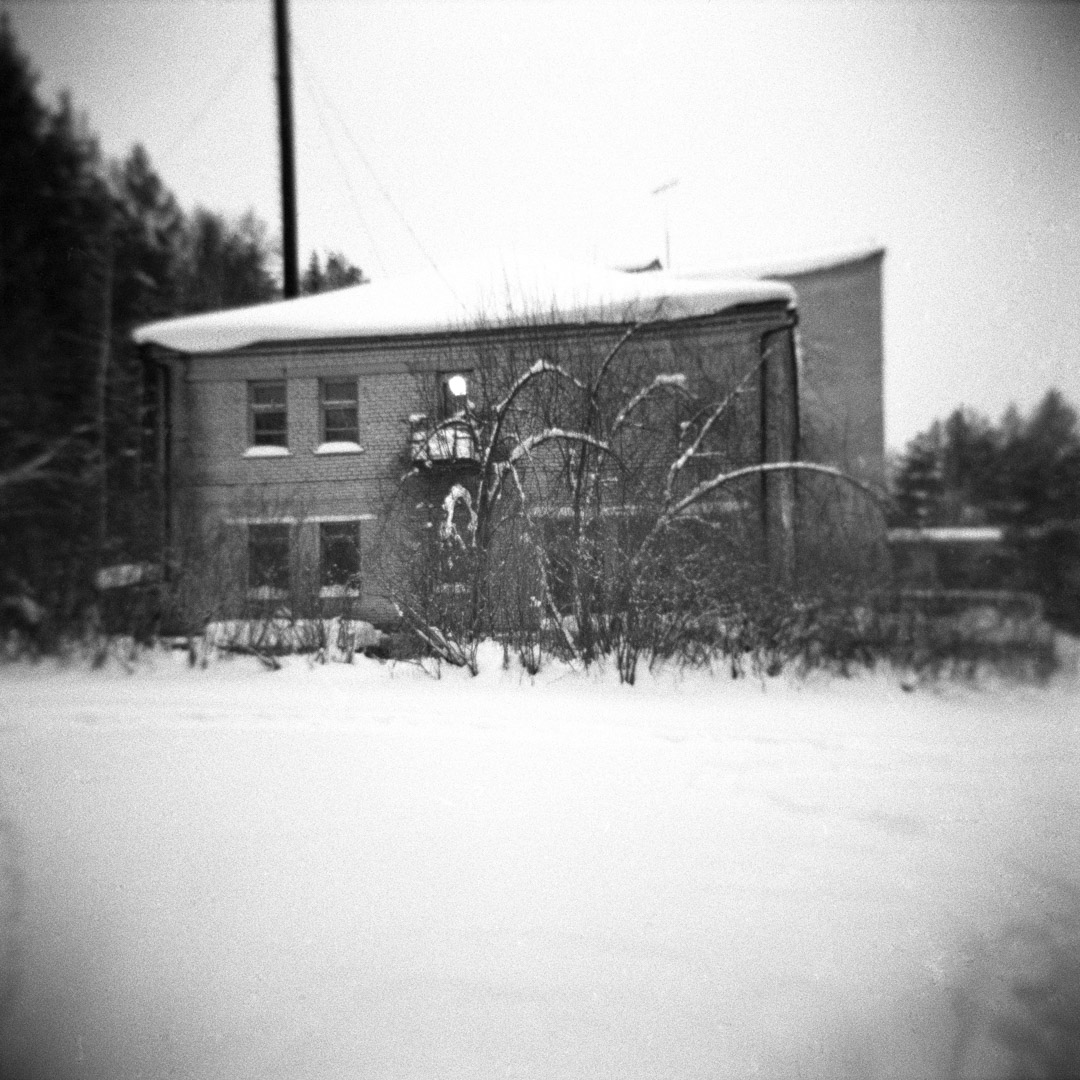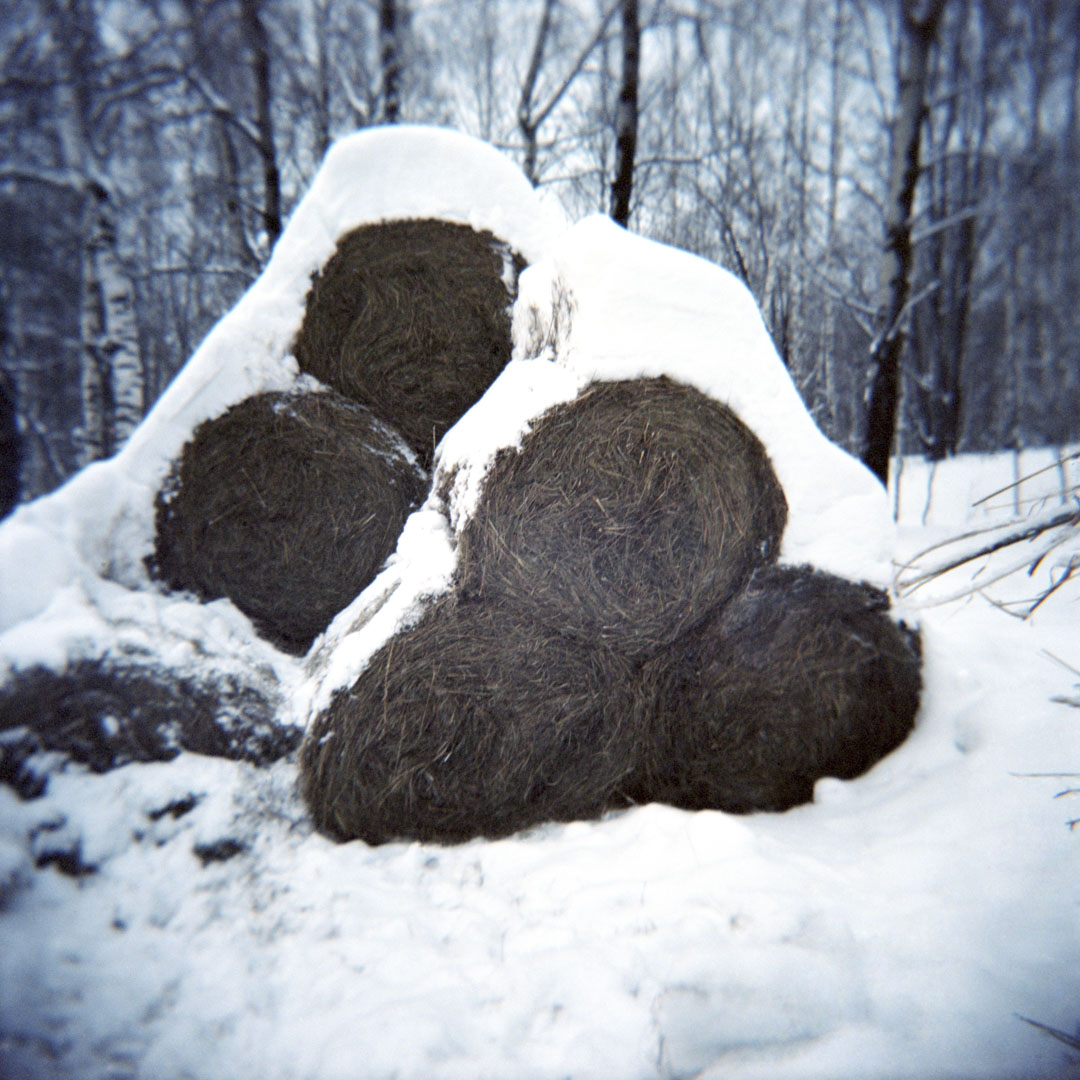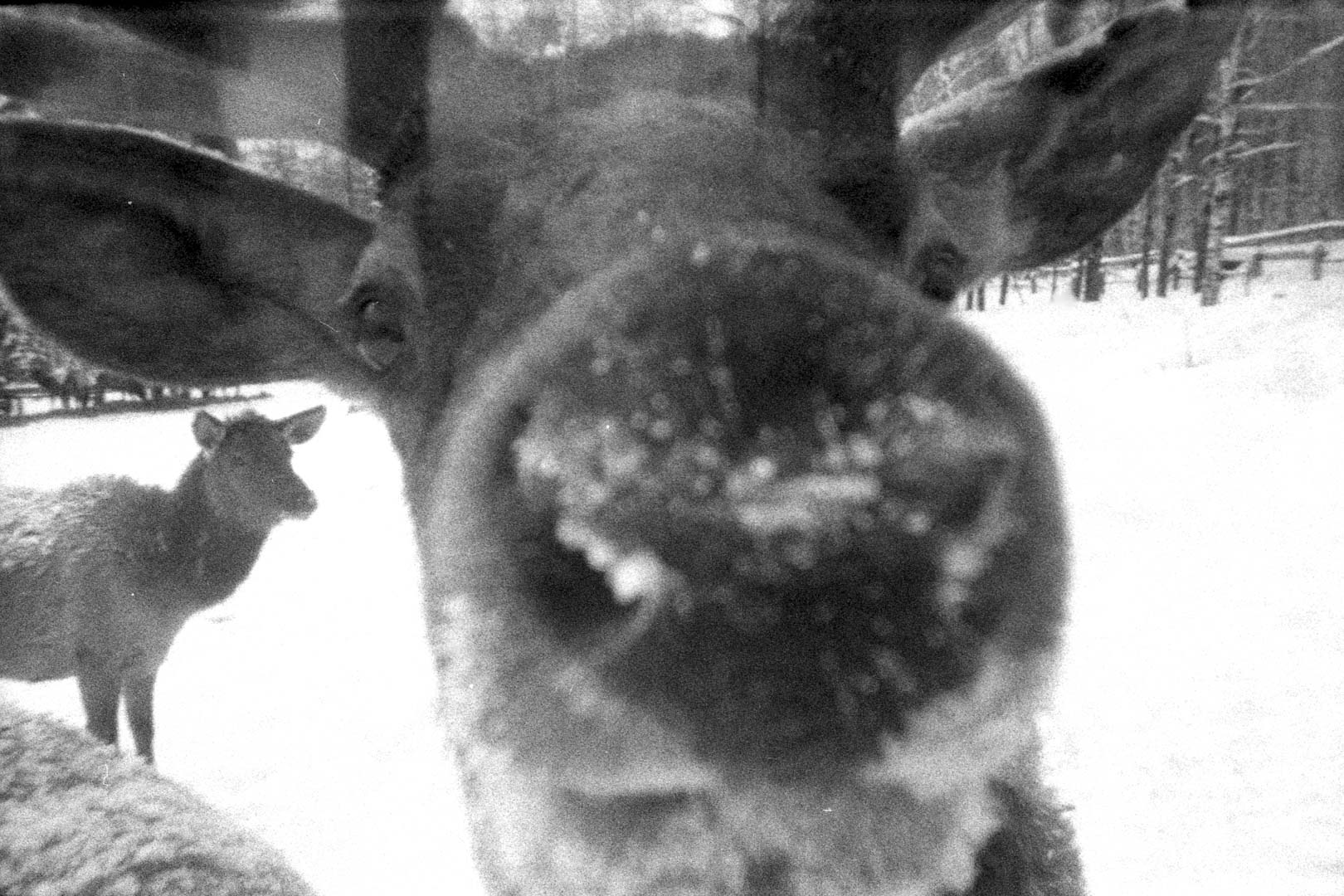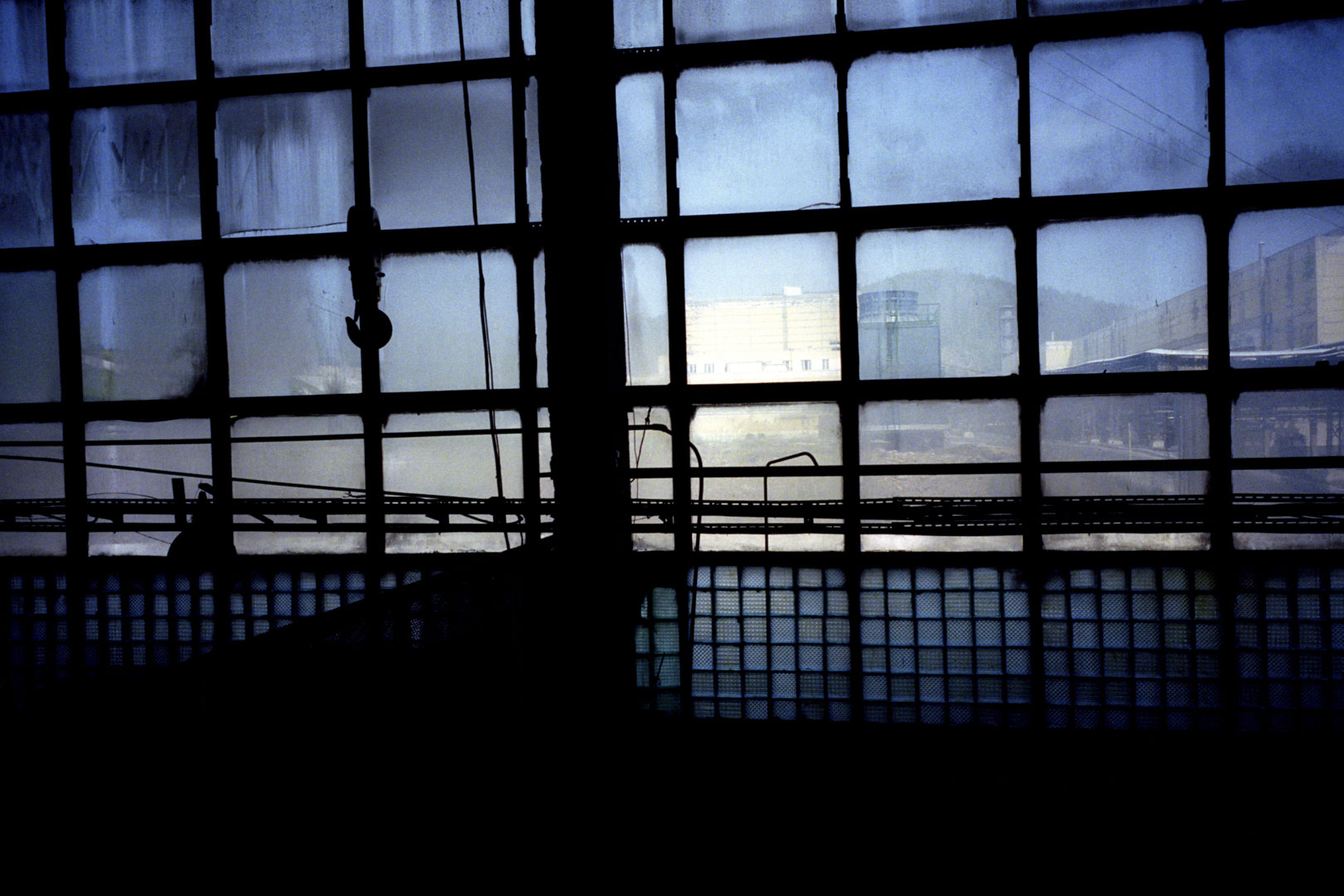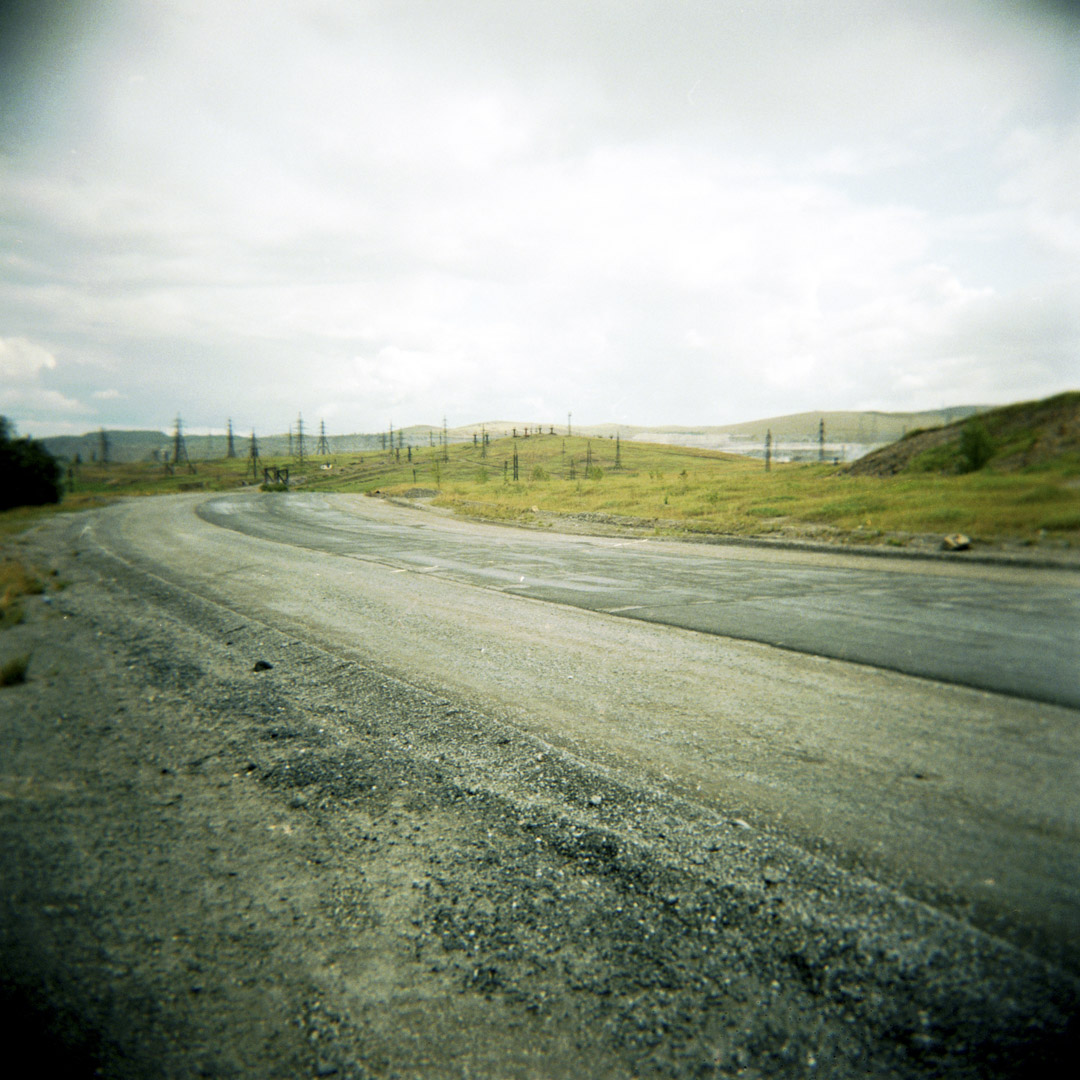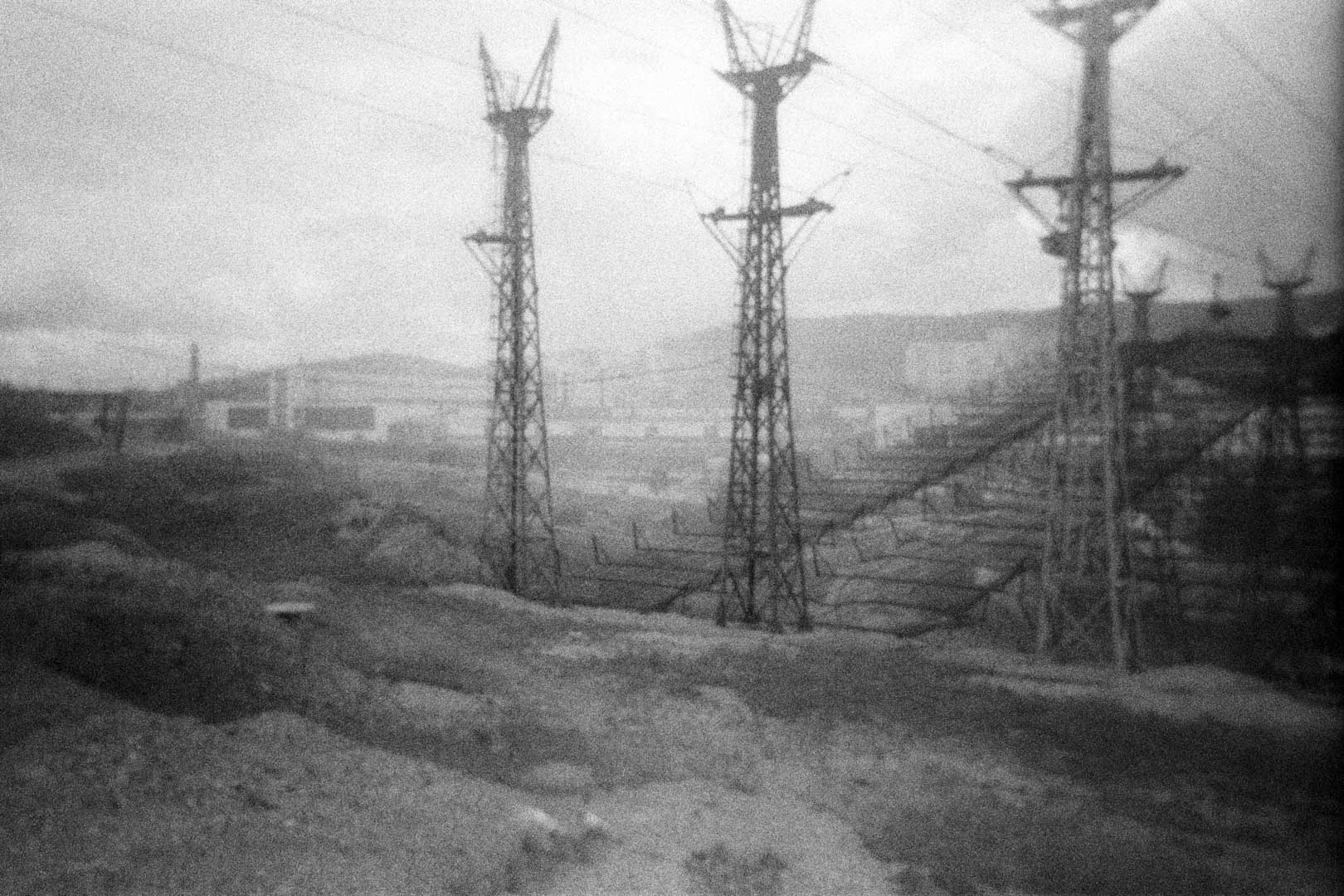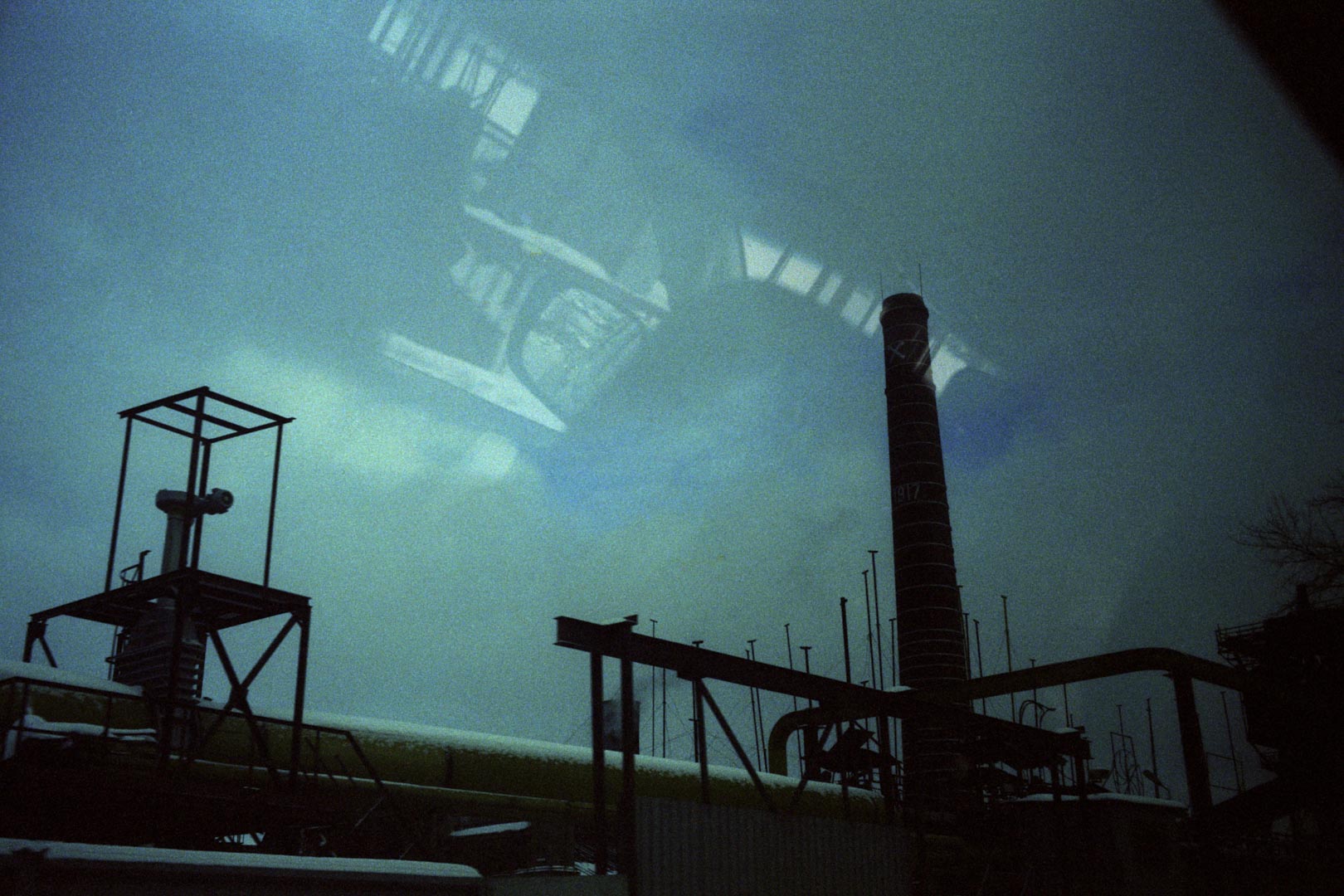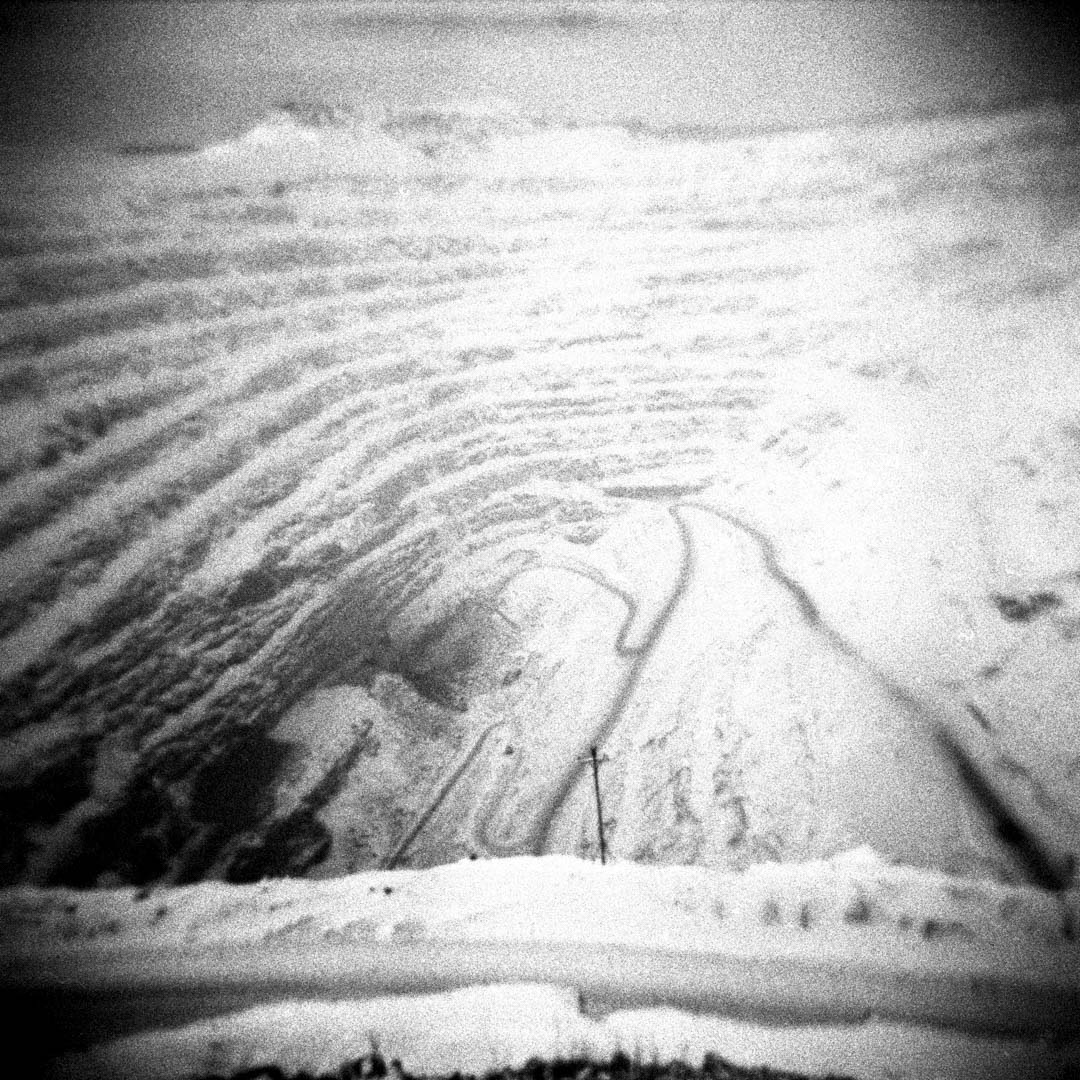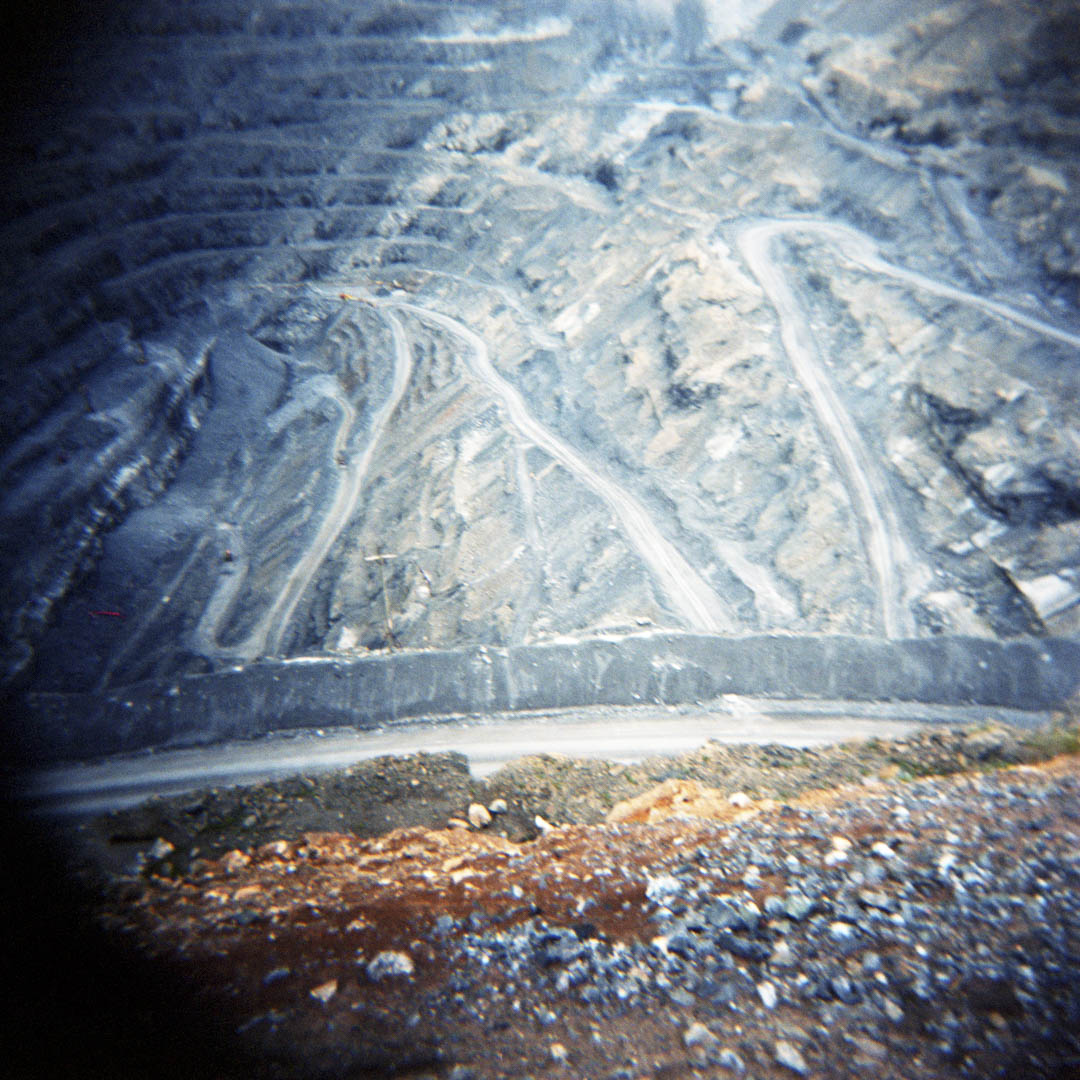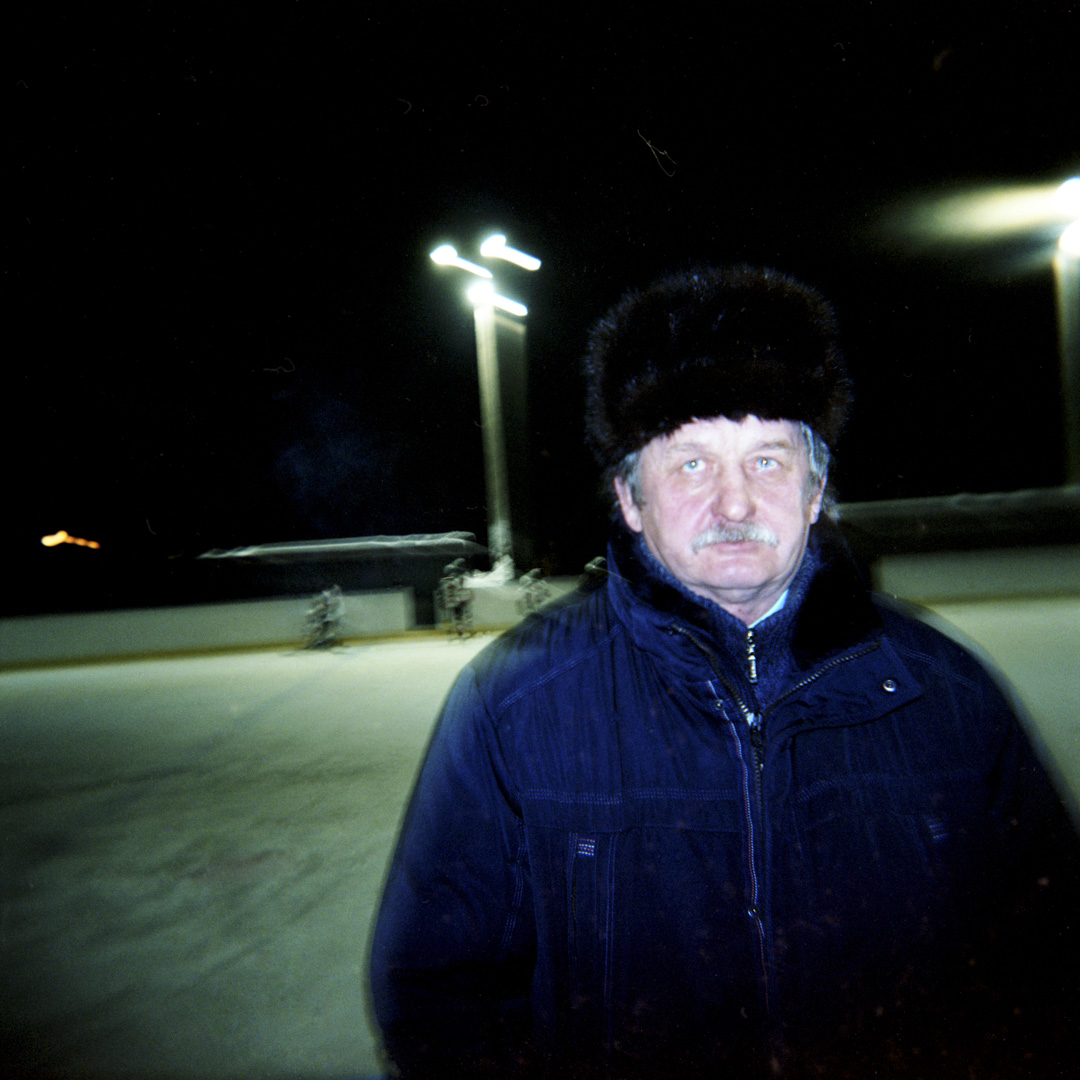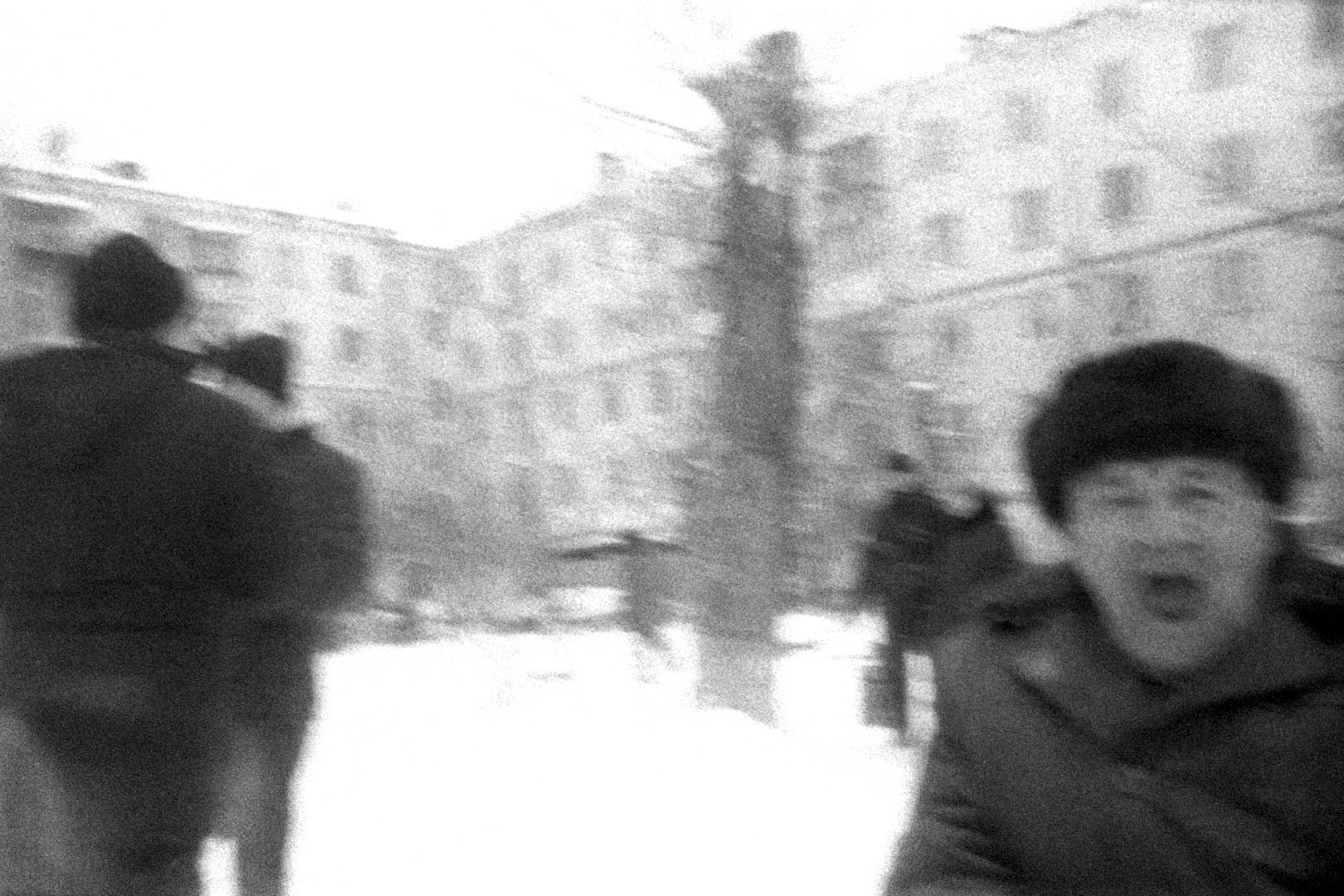Satka, 2023
A journey into the Russia of today: During the summer of 2019 and winter of 2020, writer François Beaune and photographer Bruno Boudjelal spent several weeks in Satka, a mining town in the heart of the Urals built around the exploitation of magnesite. Together, they set out to discover this new world.
« Who these residents are today? How did this first colony of a thousand serfs, landed in 1758 to forge the tsar’s weapons, become a city in its own right over the centuries? With its Palace of Culture, its Metallurgy Festival, its concrete cities that have gradually replaced the fragile wooden isbas.
How did this immense forest of birch and pine, a Bashkir pastureland, make room for men and women from the West: kulaks, enemies of the people, often of Ukrainian origin, forcibly deported under the various Stalinist plans?
Through the life stories entrusted to us, we hear a little of the history of this immense empire, with its recurring motifs, its pain and its pride. »
François Beaune
Texts below are extracts of François Beaune’s book, Satka published by L IRE des marges.
Svetlana
We meet for the first time a beautiful woman with almond-shaped blue eyes, accompanied by her 20-year-old daughter. We explain our situation as above-ground artists, and she offers to introduce us to some local friends of hers, who might be able to translate for us.
She tells us that her grandfather Fiodor, originally from eastern Ukraine, was forced to come and work in the Urals as a miner in Siberia. Nina’s mother is Tatar, her father Bashkir. She grew up in Sovkhoze. Then, at the age of eighteen, she married Fiodor’s son. After the wedding, they moved to Satka, where her mother became a nurse’s aide, while her father worked in Magnezit. He specialized in the installation of high-rise metal structures.
After finishing her third year at Chelyabinsk University, Svetlana met a charming young man through a friend. They spent hours talking, mostly about music. She was seduced on the second day, when, at the end of her wait, he confessed his feelings : « It seems to me that I love you. » In September, they parted ways in Chelyabinsk because of their studies, and every day she cried for at not seeing him. Despite their budding love, he gave her a huge bouquet of flowers, even though he knew it would cost him his meals.
Larissa, Angelica, Irina
We meet up in Angelica’s house, who lives on the sixth floor of a concrete tower in Zapadny, which they built with their own hands just before the fall of the Soviet wall. Angelica was an emergency room nurse at Satka hospital, Larissa worked in the medical field and Irina looked after children before becoming a plasterer at the MJK construction site. The MJK was a social program that enabled young adults in Satka to own their own home by participating in the construction process.
The chin
In the 1960s, a huge statue was built at the top of Satka’s central district. It represents the sickle, the red star and, in the center, the hammer that forges the weapons of the star soldiers.
The hammer
A granite and bronze monument to the glory of the soldiers stands on the main square in the central district of the town of Satka. Its Red Army flame is always lit. Bruno photographed a close-up of the smooth chin and taut skin of the Great War soldier, an idealized representation that reminds passers-by of their martial duty.
School
Nastya, a teacher at School No. 11 in Zapadny, also teaches English. She shares her love of singing, which served as a source of comfort when she was panicking about having a third child. Nastya talks about her grandmother and the neighborhood, underlining the closeness between the inhabitants. She also recalls an evening when, singing with a friend, they captivated a group of young people who interrupted their own party to listen to her.
Zakladka
On a wall, a small advertisement for illegal work: to become a zakladka, go to the Narko24.biz website. To get the drug, all you have to do is go to a dedicated site, choose your product and order it. A photo of the precise location is sent to your phone, and all you have to do is pick up the drugs.
Jeanette
Eighty-four-year-old Jeannette is no longer able to go into the forest as she once did to pick berries. However, her daughter-in-law provides her with these delicious berries, which she uses to make jam. Jeannette has lived a difficult life, recounting how, as a child, Russian children did not hold the Tatars close to their hearts. Her mother, originally from Bashkiria, had migrated to work in the Magnezit factory. She had studied Arabic, but spoke no Russian. Jeannette joined her mother and brother at the age of seventeen, working for forty years and seven months in the factory, exposed to arduous working conditions including high temperatures, dust and gas. Despite the harsh conditions, she continued to work in silence after tearing a muscle to maintain her wages.
Gaz pipe
A yellow steel pipe winds its way through the concrete housing estates of the Stalinist, Khrushchevian and Brezhnevian eras in Satka, a Russian town of around 40,000 inhabitants, linking the modest isbas scattered throughout the town’s three urban centers. These centers include the old district to the east with its ironworks, the central district to the west, separated by an open-cast mine, and the newer Zapadny raïon district to the north, built from the 1980s onwards. This yellow gas pipe, towering above the streets like a gateway, ensures the supply of gas in anticipation of the rigors of winter. With photographer Bruno Boudjelal, we spent five weeks in Satka in 2019 and 2020, exploring the lives of the inhabitants and listening to the stories that reveal part of the history of this immense empire, with its suffering, pride and recurring themes.
Elena
Elena, in charge of reception at the Culture Palace Magnezit in Satka, devotes her life to organizing events to make guests feel welcome. Her family origins go back to the Ryazan region, south-east of Moscow, on her paternal grandfather’s side, while her maternal family comes from the Orenburg region, south of Ufa, some 300 kilometers from Satka. She shares a special New Year’s ritual with her children, packing their suitcases at midnight and walking around their apartment building, dreaming up inspiring travel destinations for the coming year. This ritual symbolizes the creation of travel dreams.
Armen
During his travels across the Mediterranean between 2011 and 2013, the author adopted a ritual of visiting a cobbler on arrival in a town, a symbolic gesture of respect towards the locals. In the summer of 2019, in Satka, he sought out a cobbler to repair a pair of red, pecked-leather English shoes he’d found in Grenoble. Svetlana, their guide-interpreter, directed them to the workshop of Armen, a cobbler born in Armenia, married to a Russian and well established in Satka. He invited them to dinner at the home of his friend Gaguit, owner of the restaurant Kovtcheg, a place symbolically named after Noah’s Ark. In this Armenian restaurant, they shared memorable moments, looking at Anastasia dancing and listening Elena singing, while discovering Albator’s forest landscape, a land marked by metallurgical exploitation since 1756.
Argentavis
Vladimir, Nastya’s father, is a member of the Experimental Aviation Association (AAE) and a builder of flying prototypes. His pseudonym in this context is Argentavis, in reference to a legendary Argentine bird. When he speaks, his light-blue eyes reflect a passion for flight. He longs to fly, but terrestrial reality often proves difficult for those who follow their dreams. In 1979, a year after his military service, Vladimir completed an internship as a military nurse in Chebarkul. In 1986, during the Chernobyl disaster, he was mobilized to take part in a secret mission to reduce radioactivity levels by turning over the soil. This mission, initially planned for two months, eventually extended to six, marked by hard work to protect local inhabitants from radioactive contamination. Despite these challenges, his dream of flying remains a constant in his life.
Park
On January 25, 2020, Sergei, our Magnezit Foundation driver, takes us in his brand-new black Mercedes 4×4 to the Ziouratkoul Ecopark, where he wants to show us the Source, a hole in the ground. In winter, the water gushing from this spring freezes to create a gigantic icicle, an ephemeral wonder in the heart of the snow-covered forest. The hole was created by forced laborers from the Ozyorsk gulag near Ekaterinburg in the 1950s, as they dug into the rock in search of uranium. However, the deposit proved insufficient for mining, leading to the creation of this natural ecopark.
Mines
The Urals is a multi-faceted territory, a mountain range that was once a sea. Over millions of years, micro-organisms formed silica and calcium shells, which were deposited on the sea bed and then sedimented over thousands of meters. When the tectonic plate was shaken, these shells were transformed into precious minerals such as calcite, quartz, iron, copper and other metals. The Urals thus became an important metallurgical region, producing steel in the 18th century and becoming a mainstay of Russian heavy industry. However, before this intensive exploitation, the Urals was a peaceful land, inhabited in summer by the Bashkir people, but neglected in winter. It was also the name of a river flowing into the Caspian Sea, and the rivers were of great importance to Russia, serving as trade routes and sable hunting grounds. As a result, the Urals is both a land of mineral abundance and a wilderness steeped in history.
Sergueï
Sergei is president of the Satka Tigers ice hockey club. His family has been rooted in Satka for generations, and he grew up in the region, learning the skills of hunting, gathering and traditional crafts.
After finishing school, Sergei became an electrician at Magnezit. He recalls an anecdote from his childhood when he saved a puppy whose tongue was frozen to a metal pole in very cold weather. This experience reminded him of his past and his love of nature. Later, Sergei met his future wife at his brother’s wedding. She had recently completed her nursing studies in Chelyabinsk and was living with her parents. Their love story began when Sergei set out on a quest to find her across the city. Eventually ringing her in-laws’ doorbell at three in the morning. Their relationship continued to blossom, and they married six months later.
Maria
Maria is seventeen the day we meet her at the Metallurgy Festival. She explains in hesitant English that she has just finished secondary school and is waiting to find out whether she will be accepted at the Ekaterinburg University of Architecture. She hopes to benefit from state-funded studies, as she is one of the best students. She’s ambitious and wants to succeed socially; she doesn’t want to go through what her family went through.
